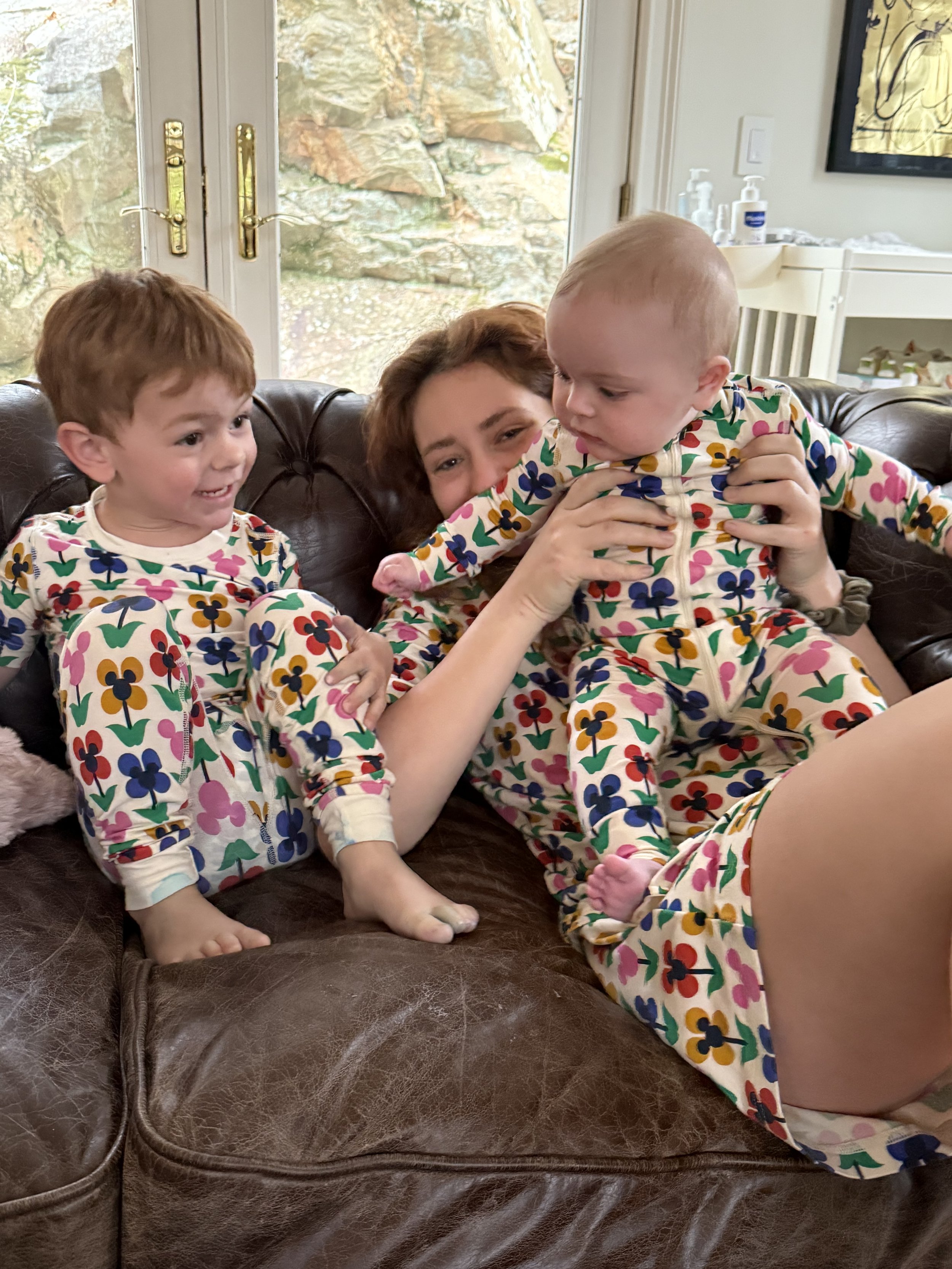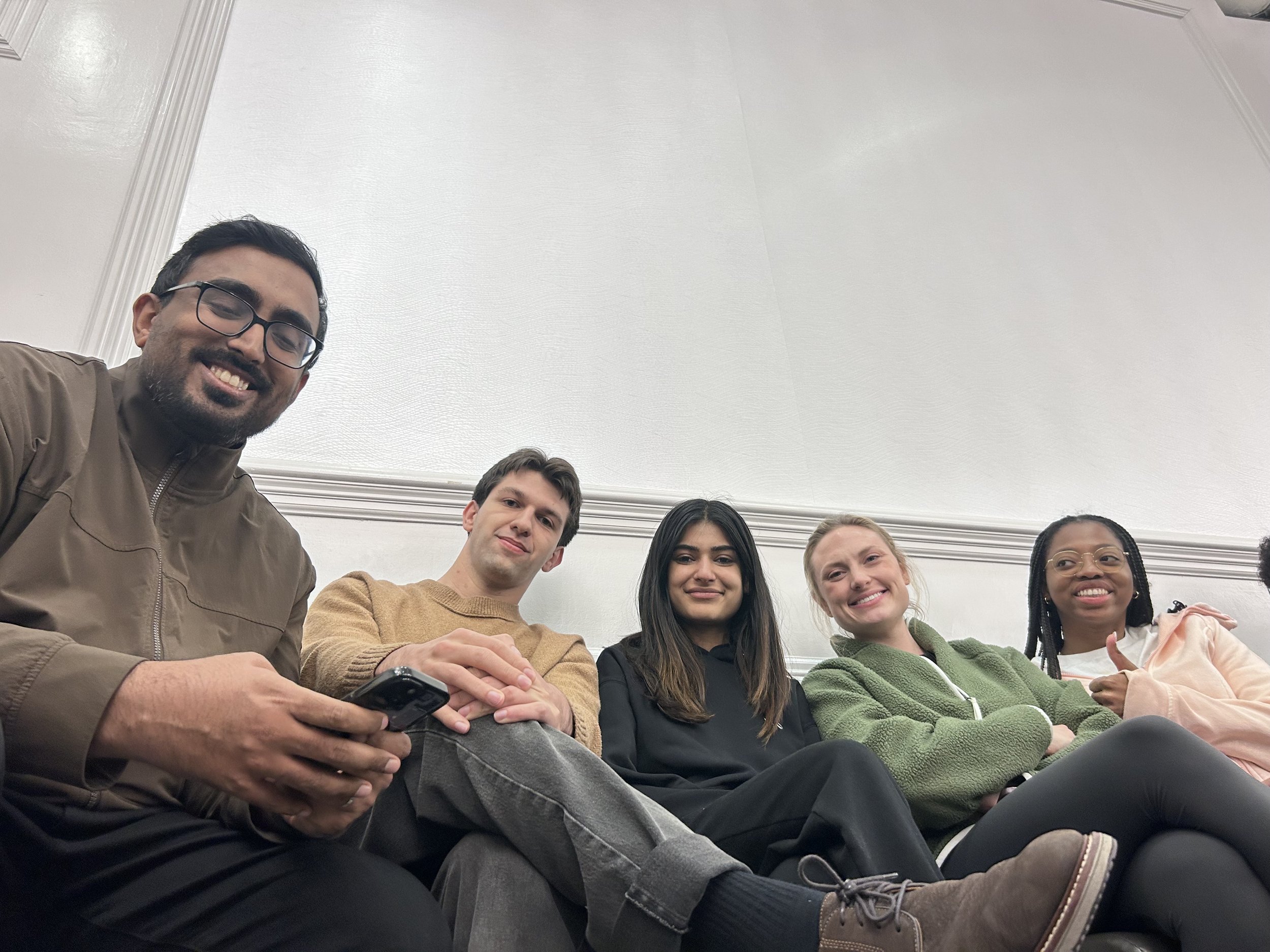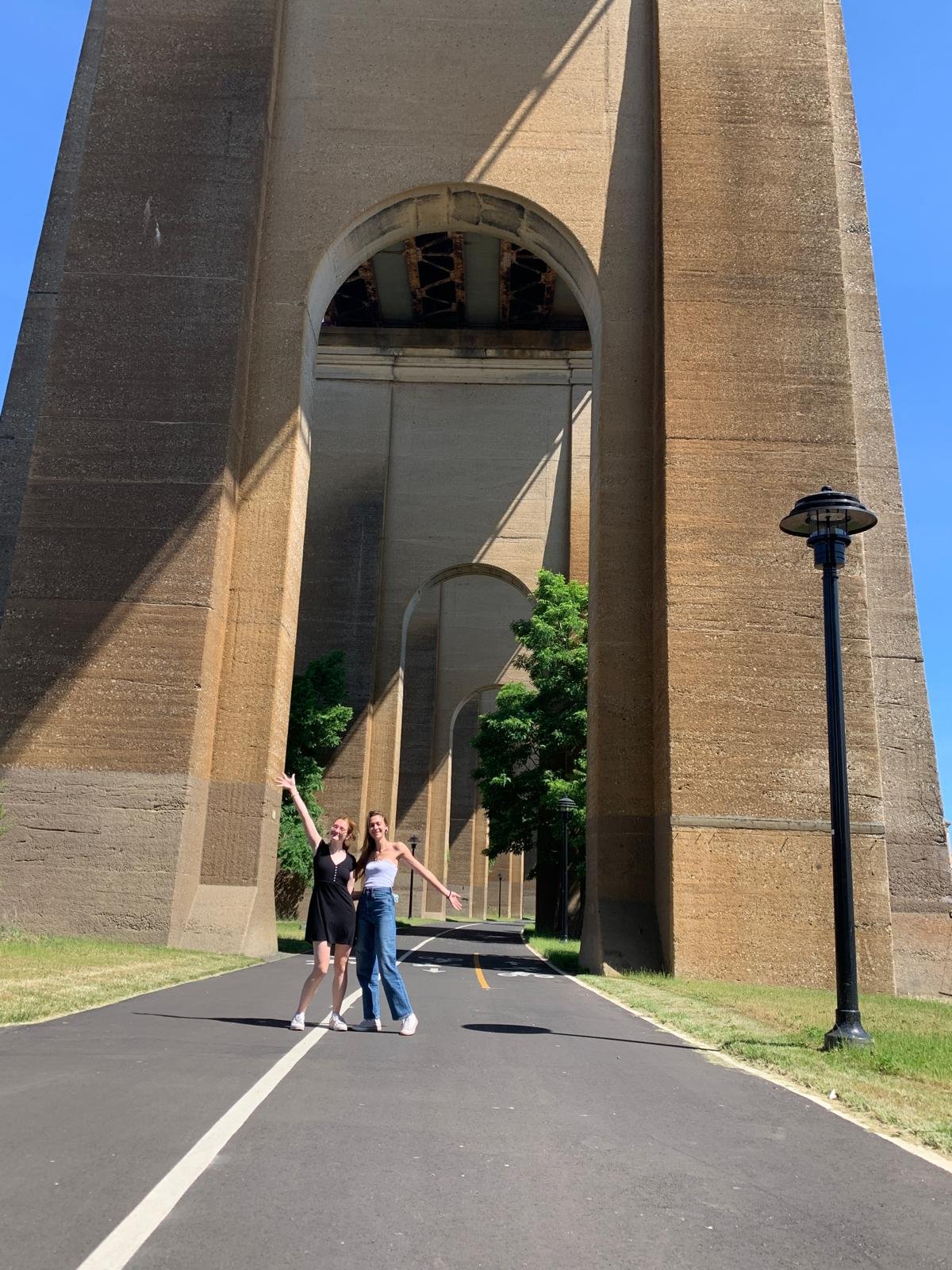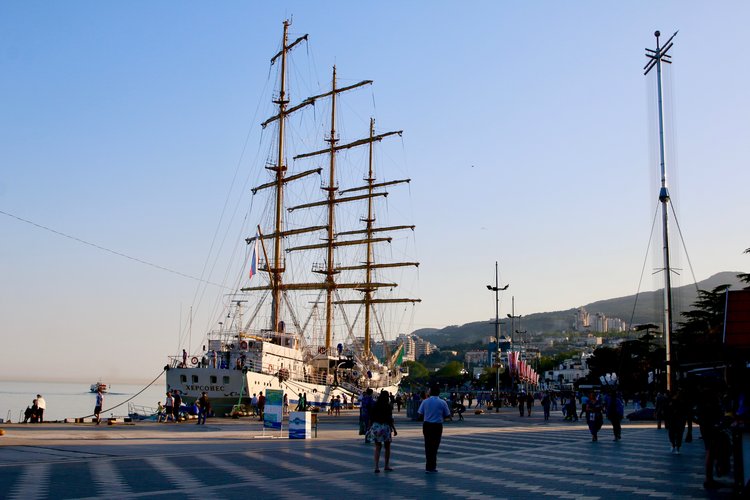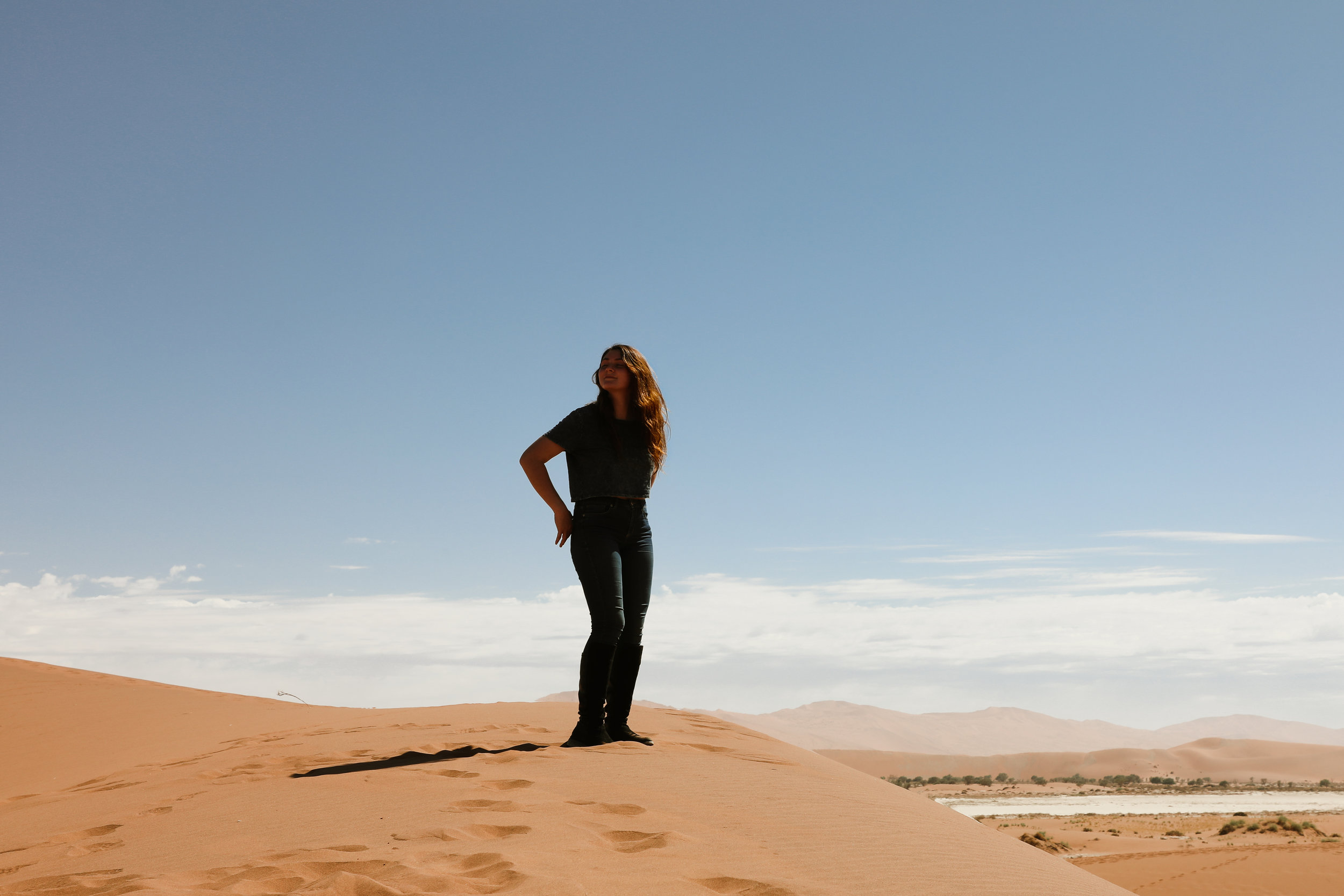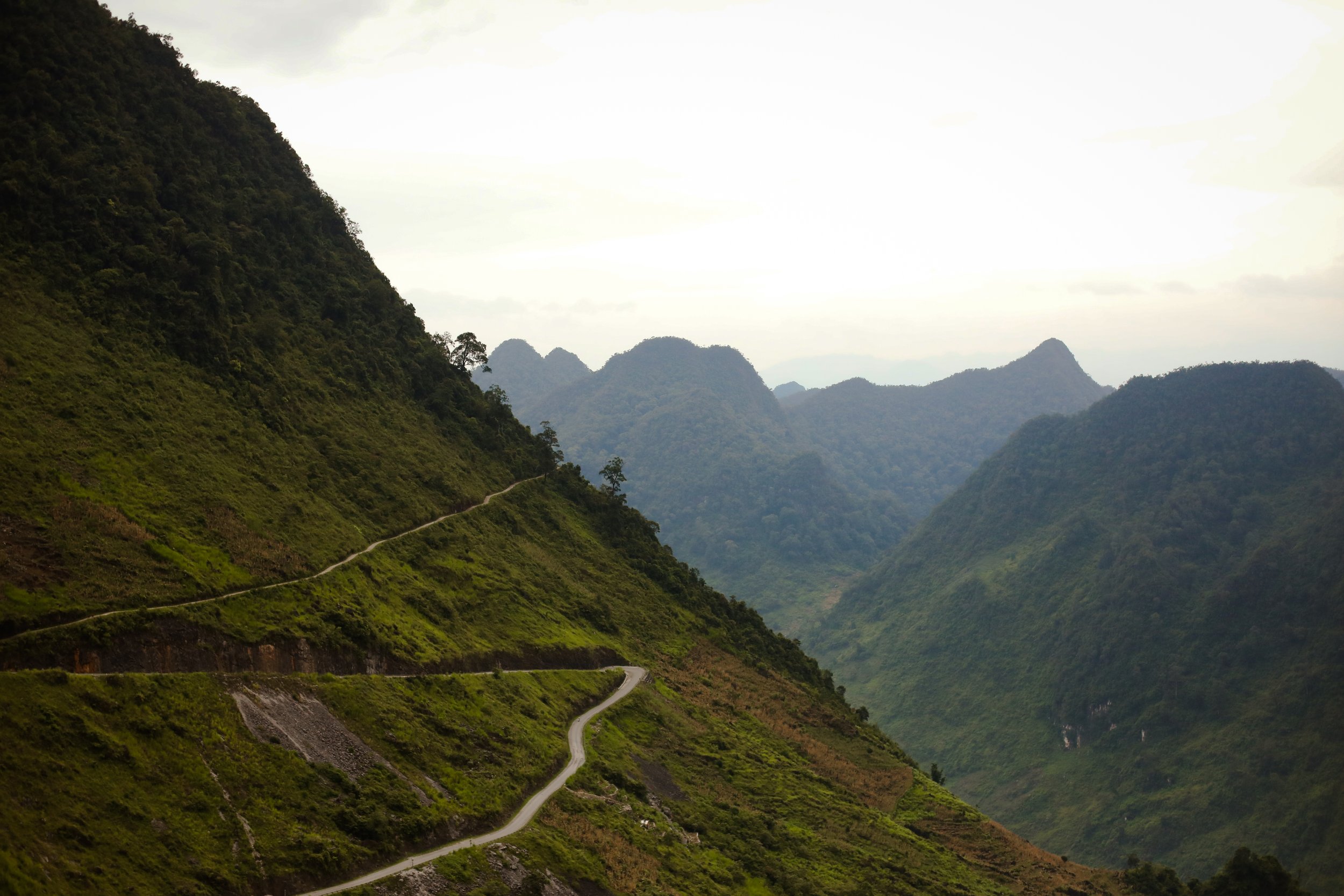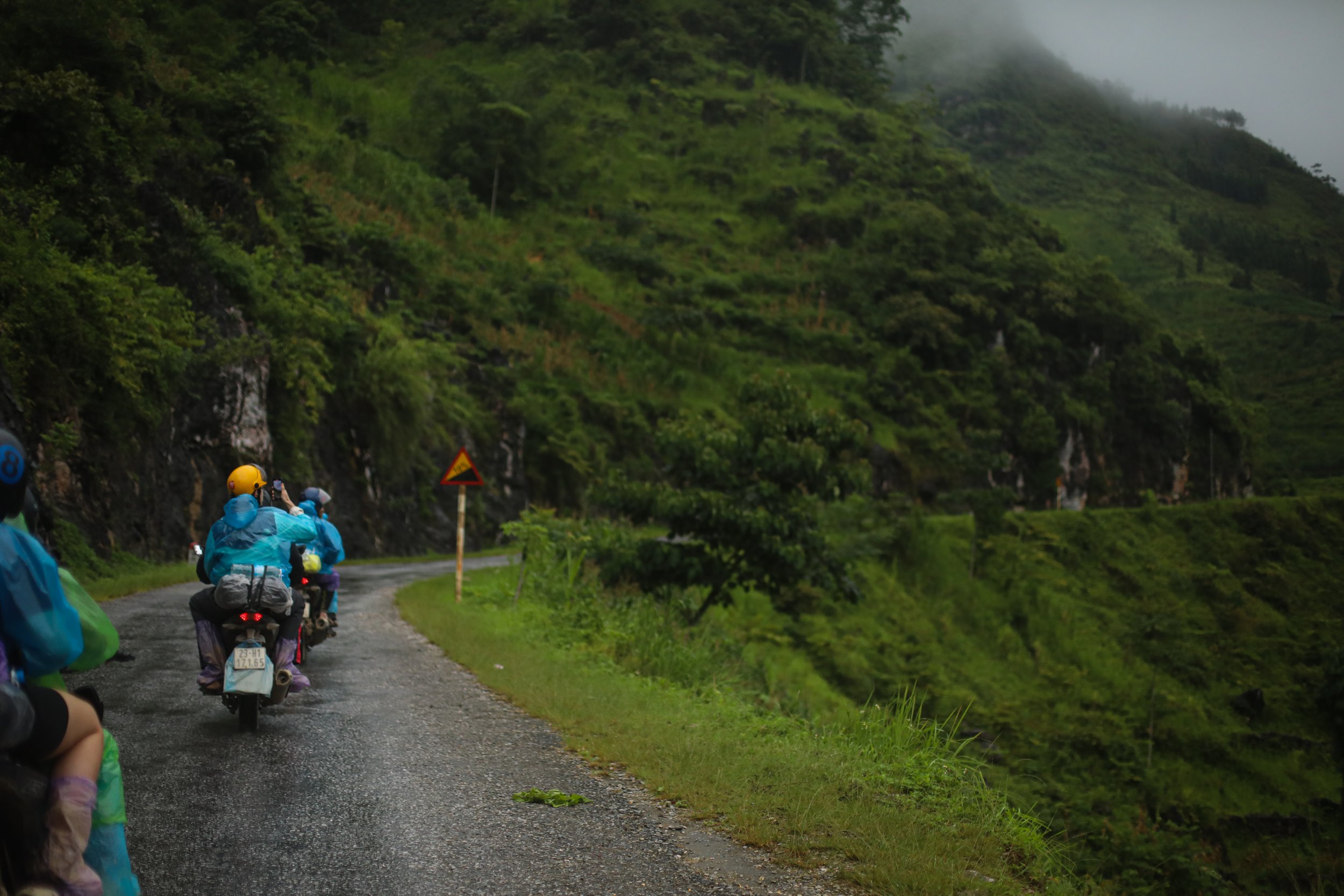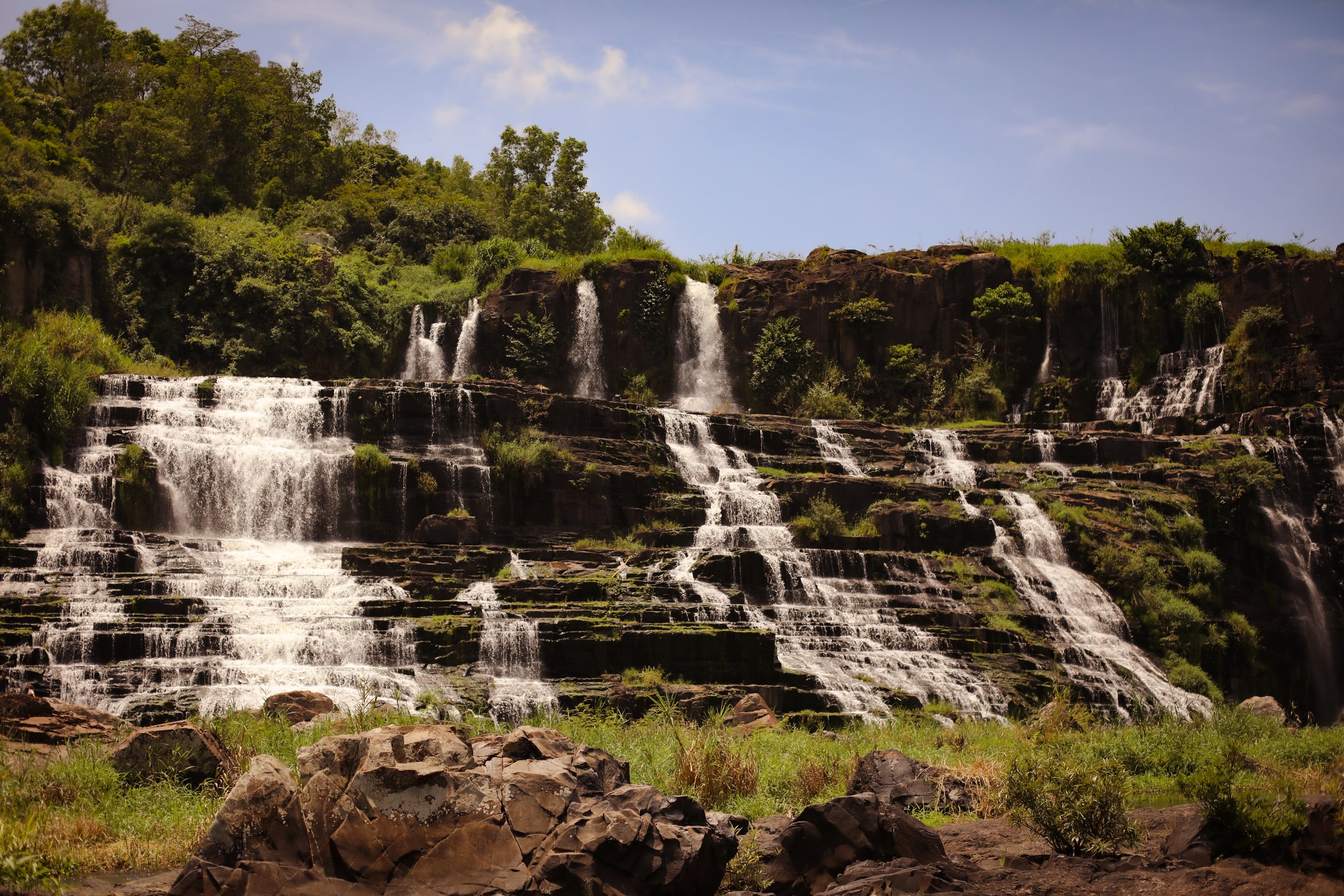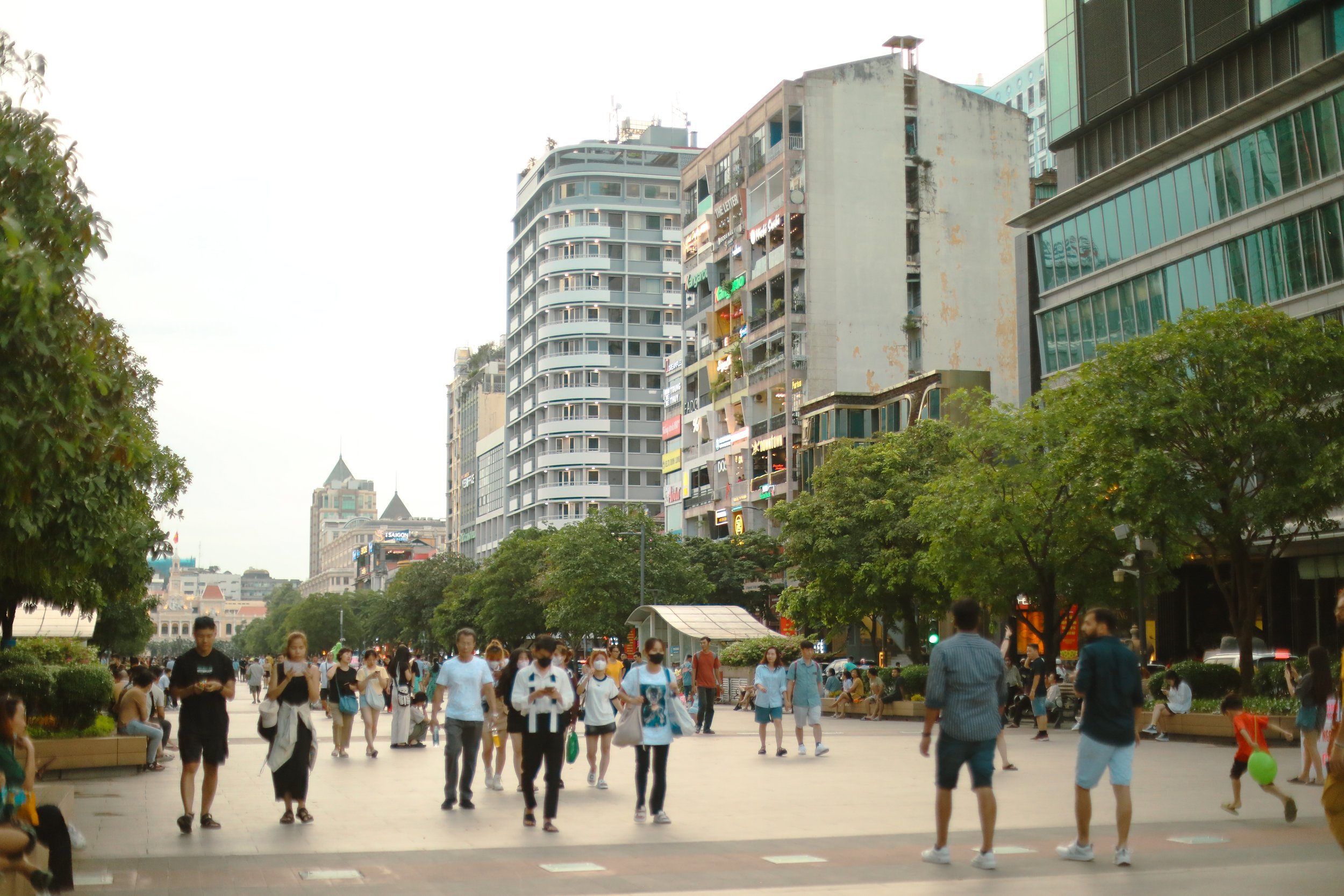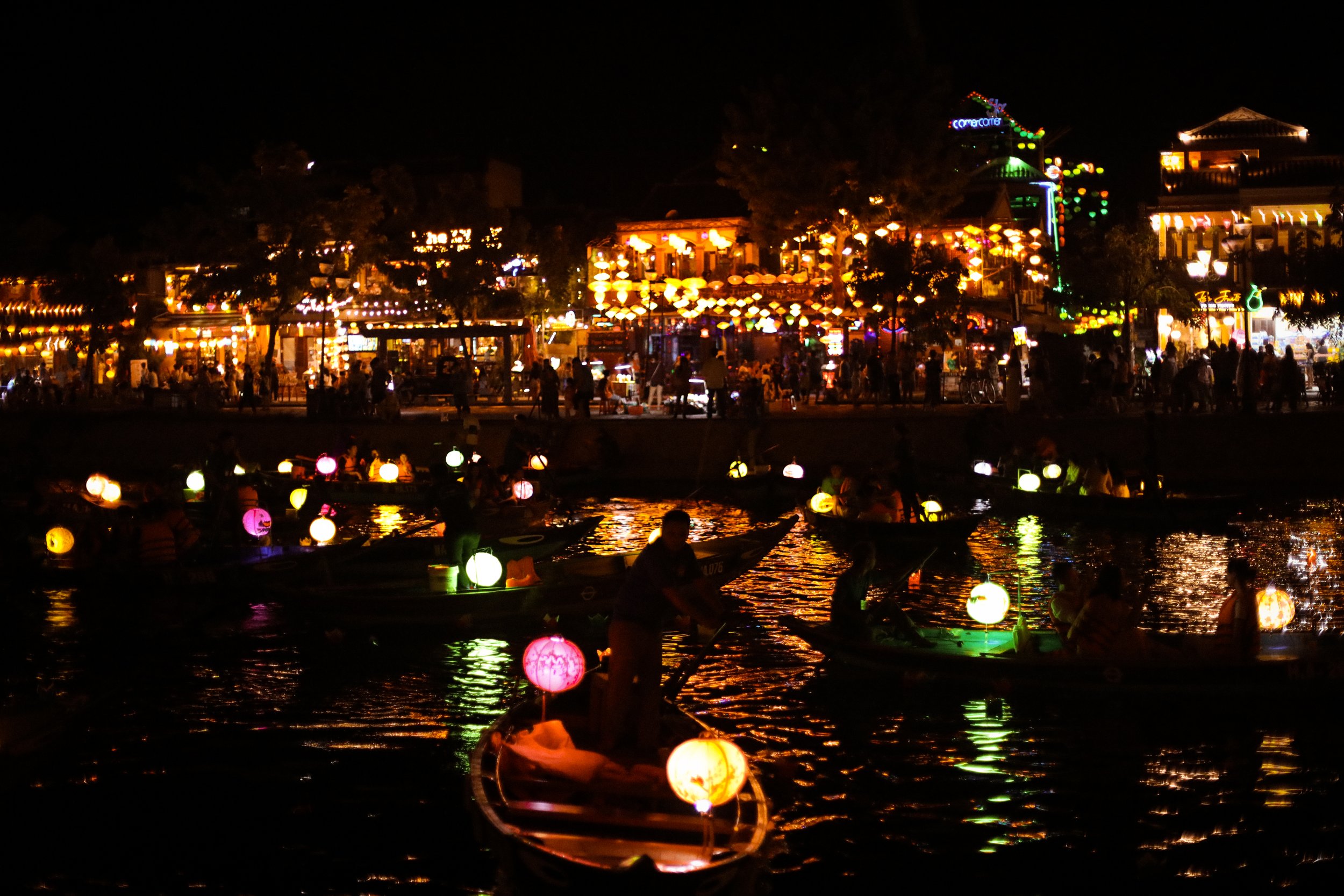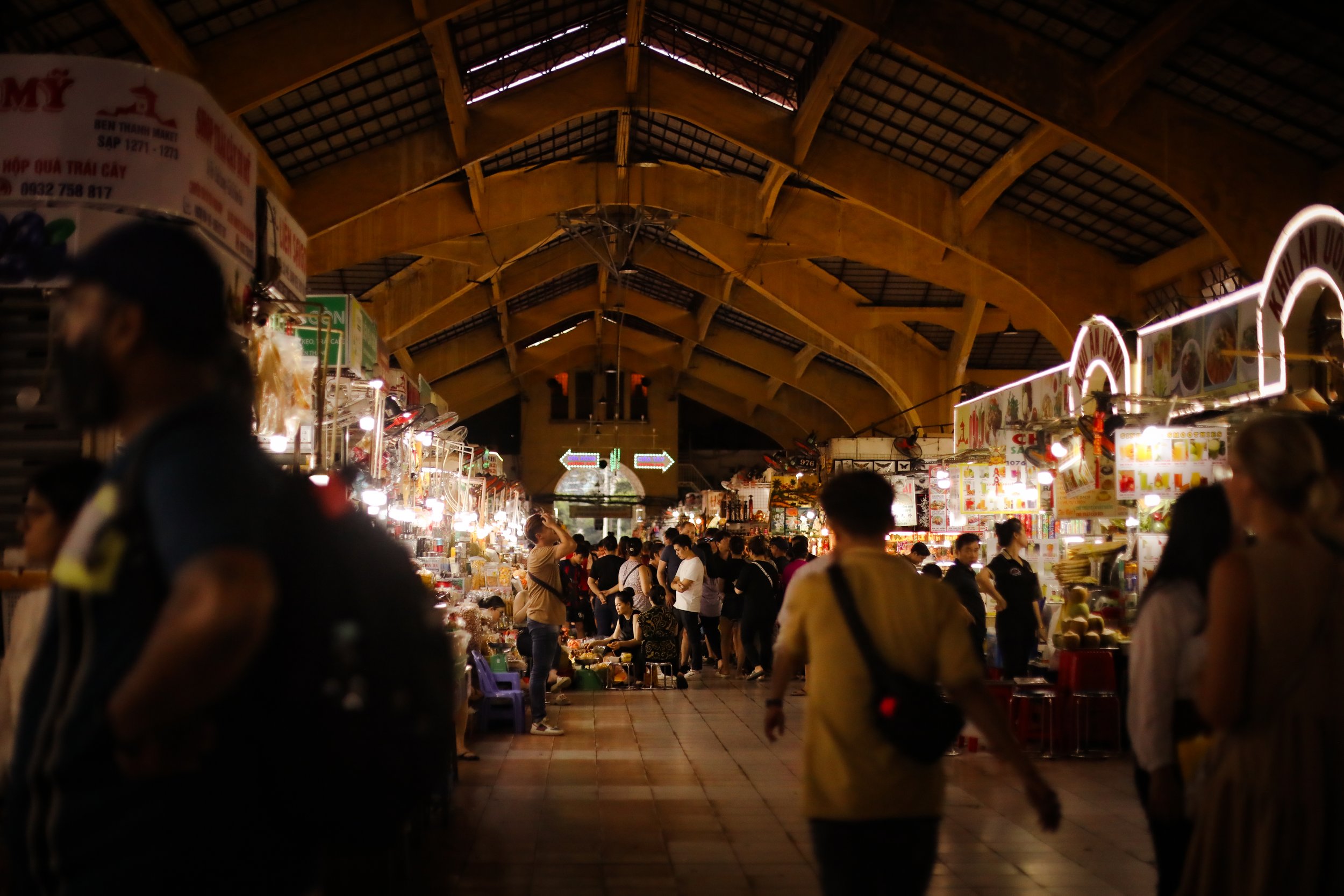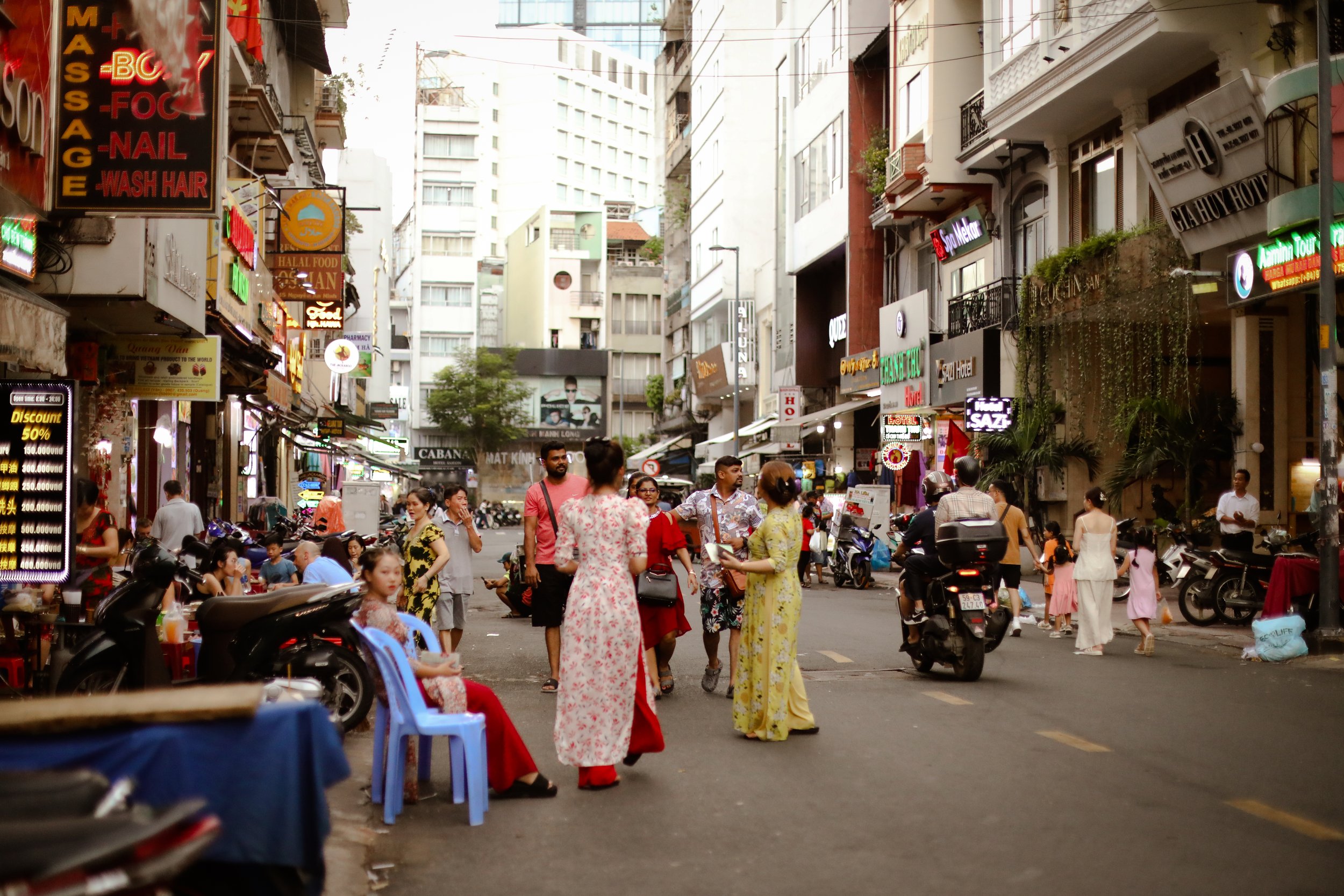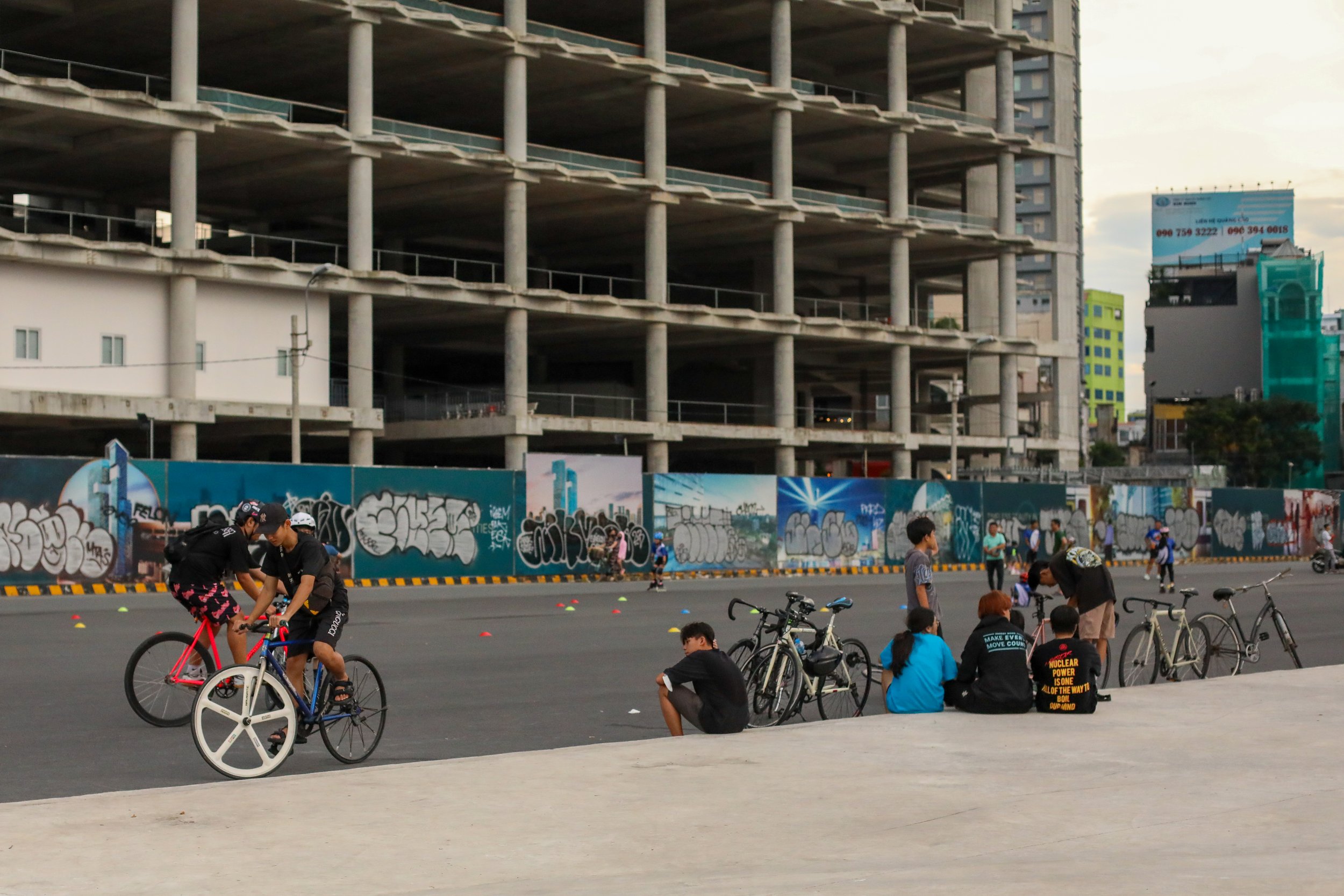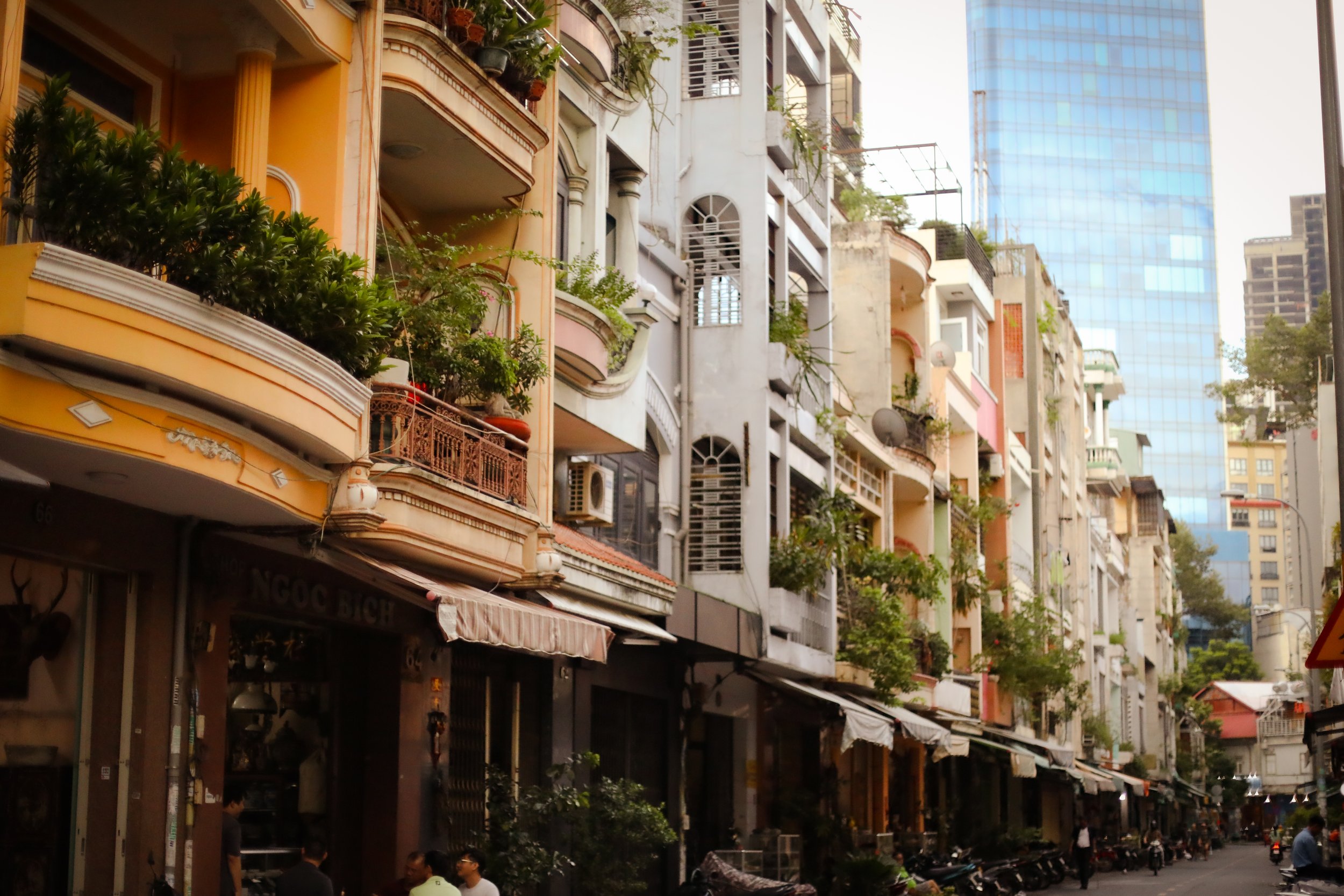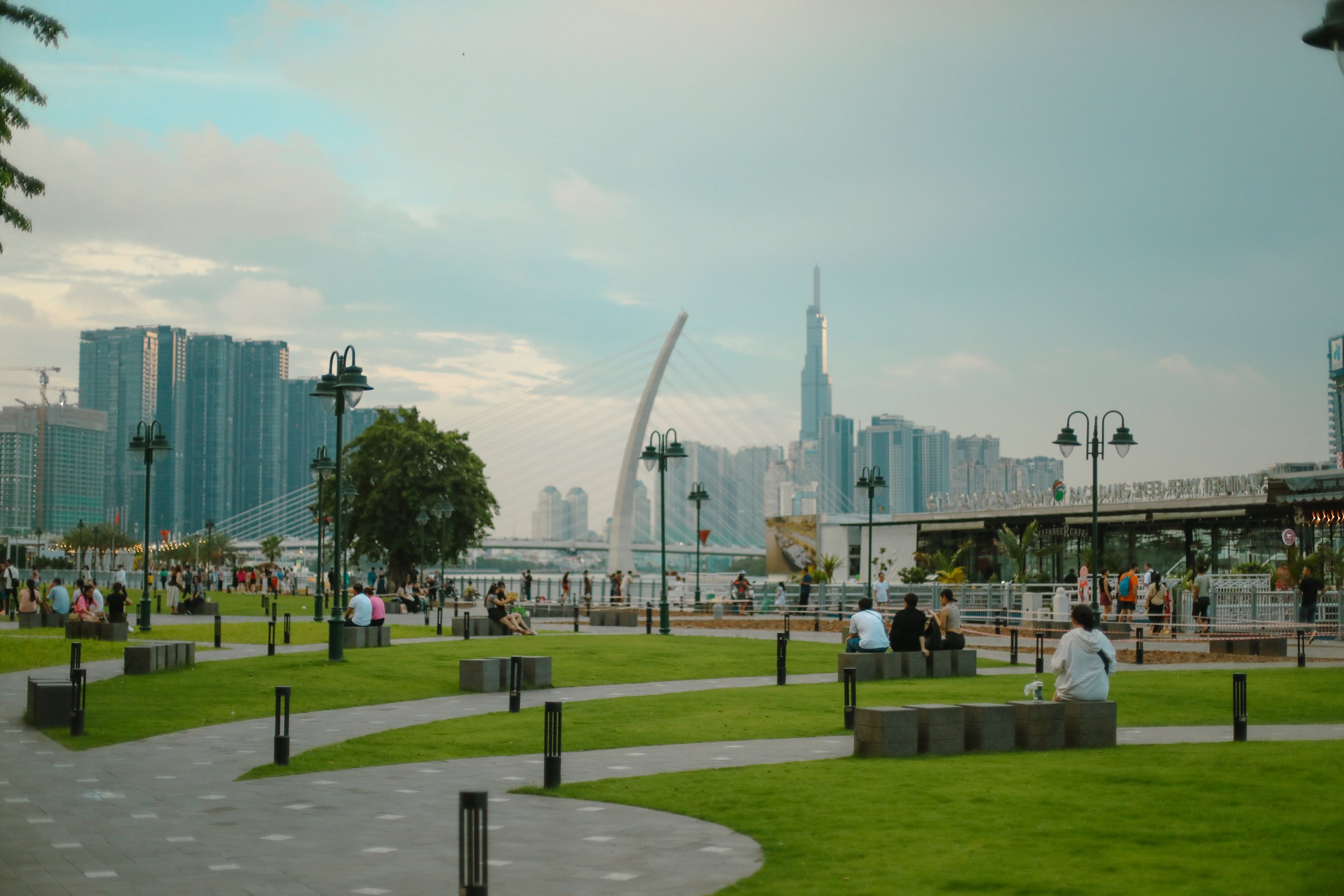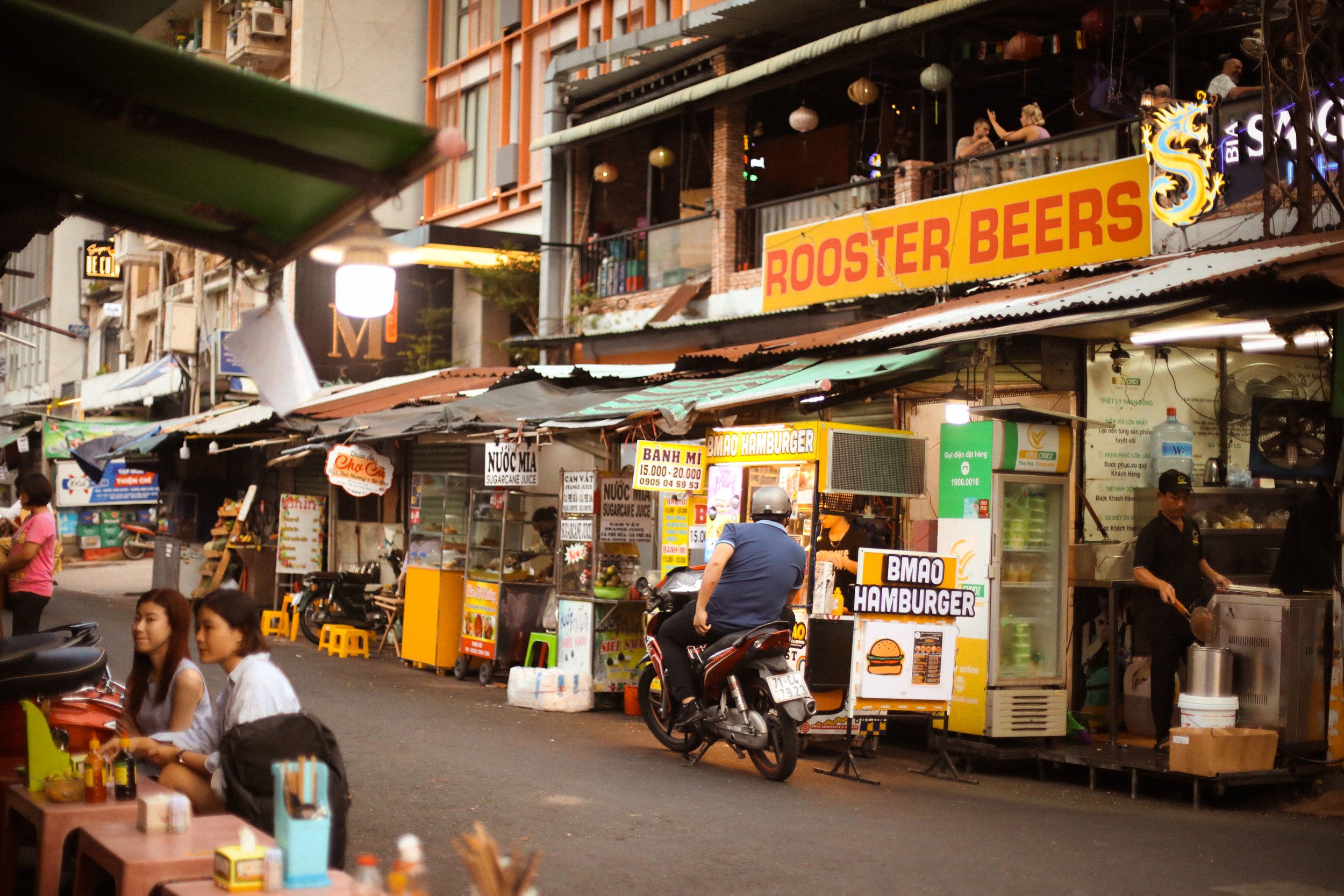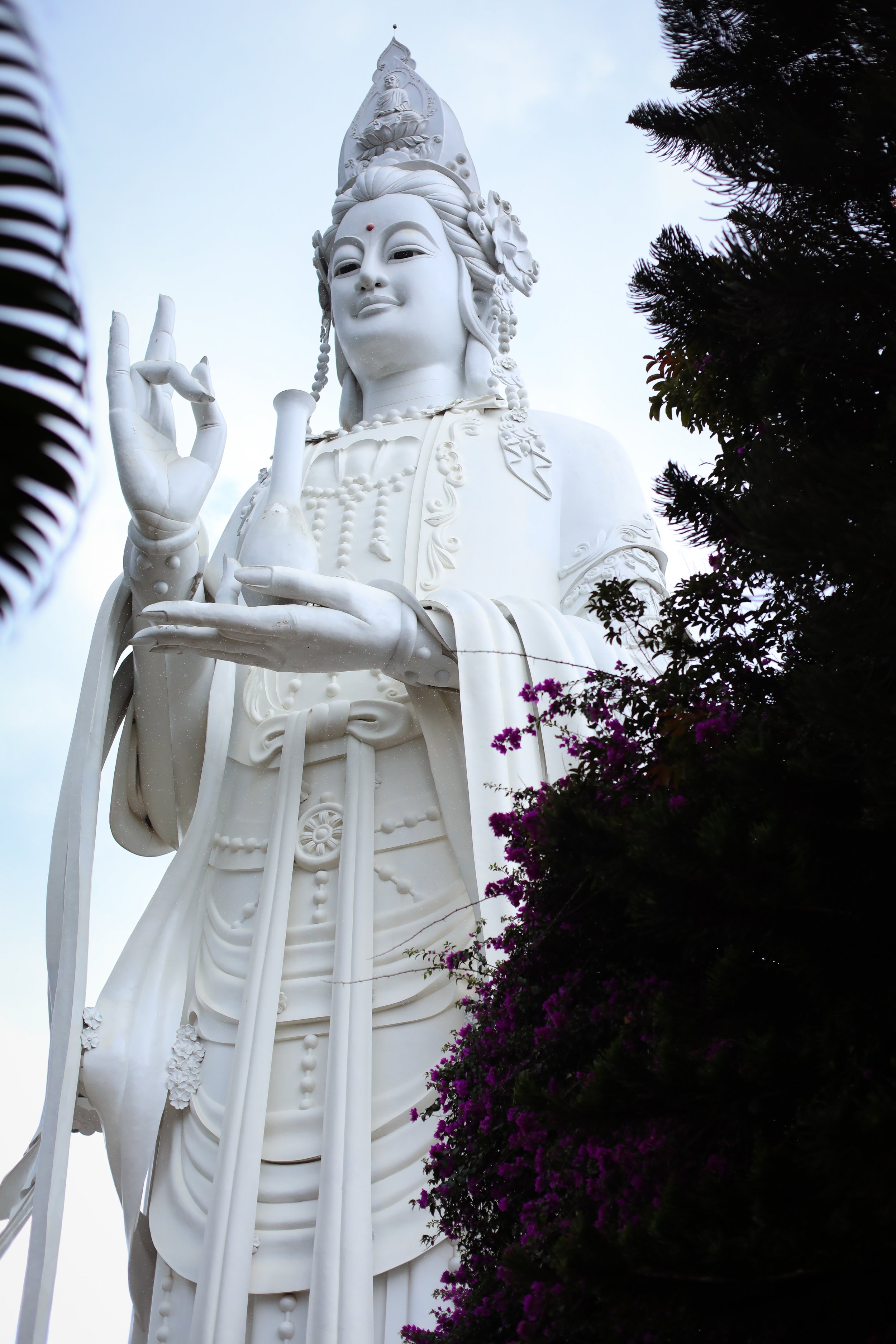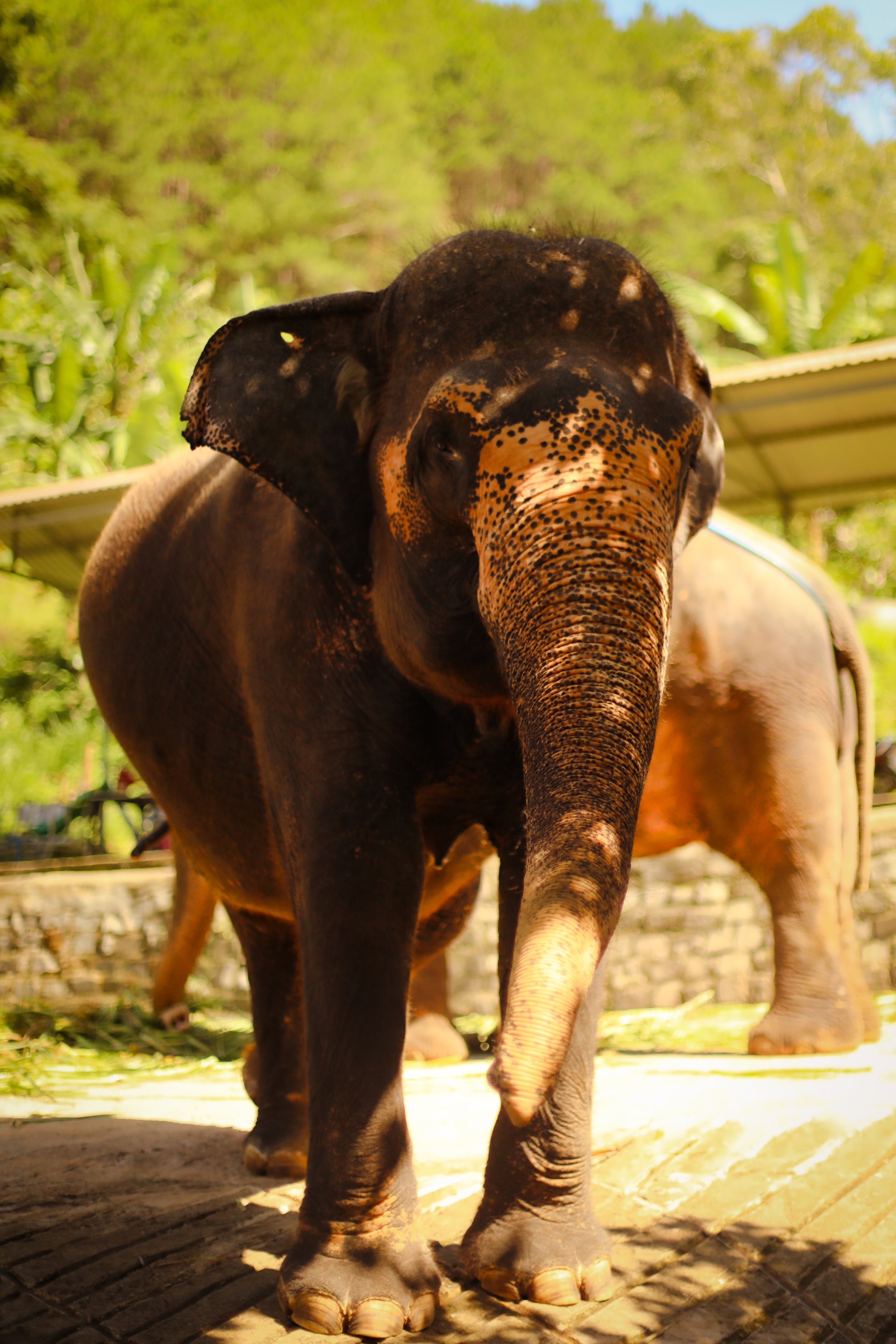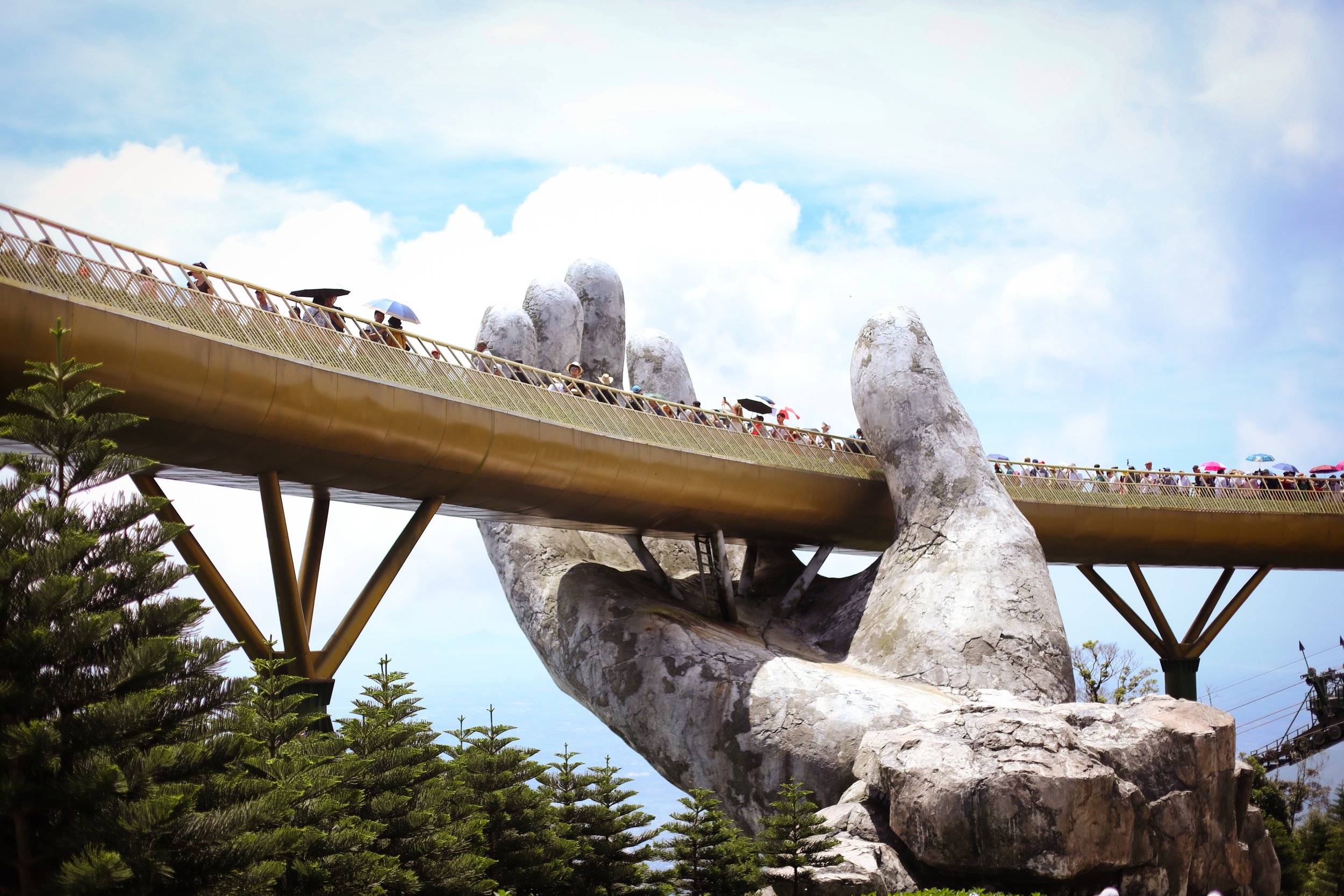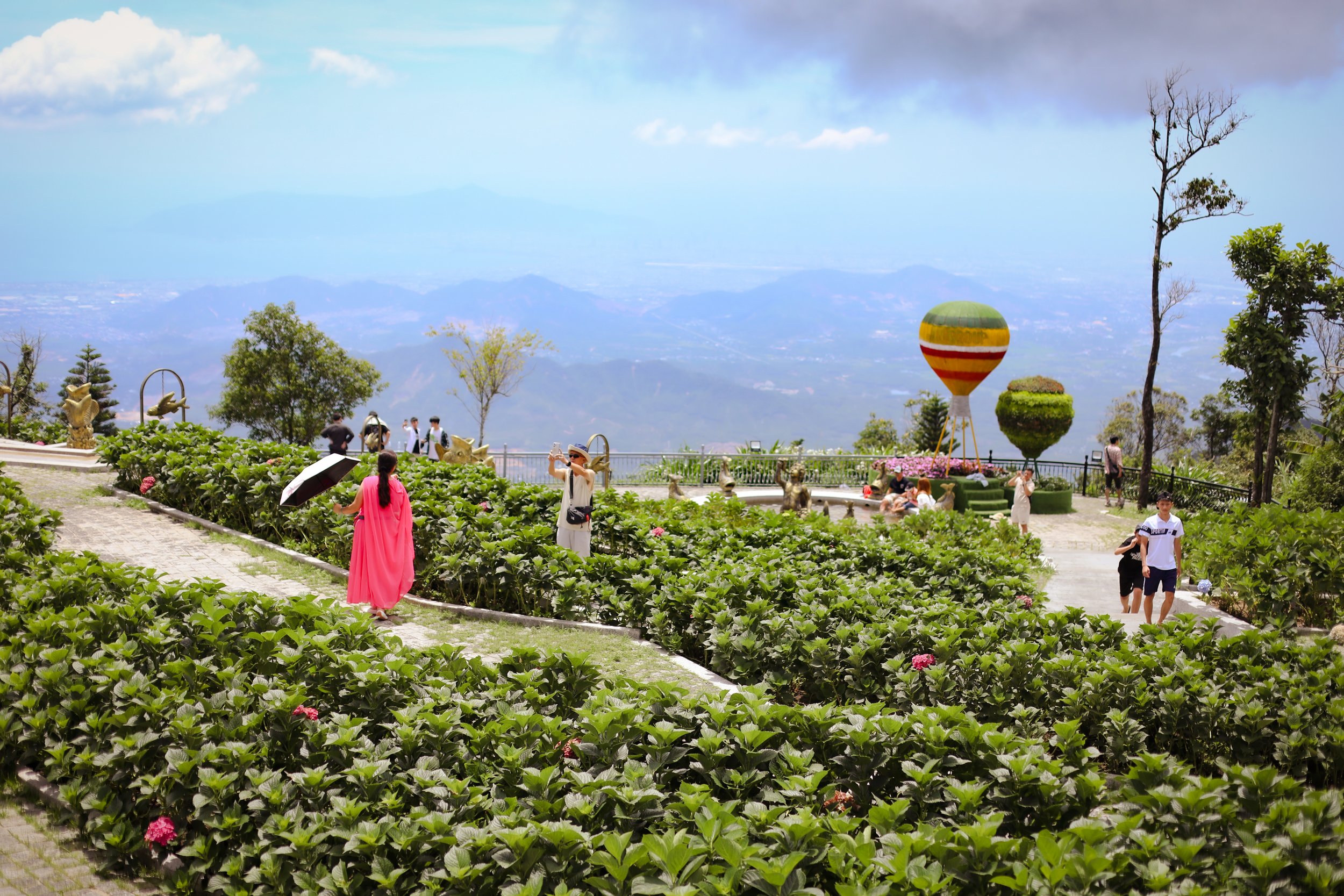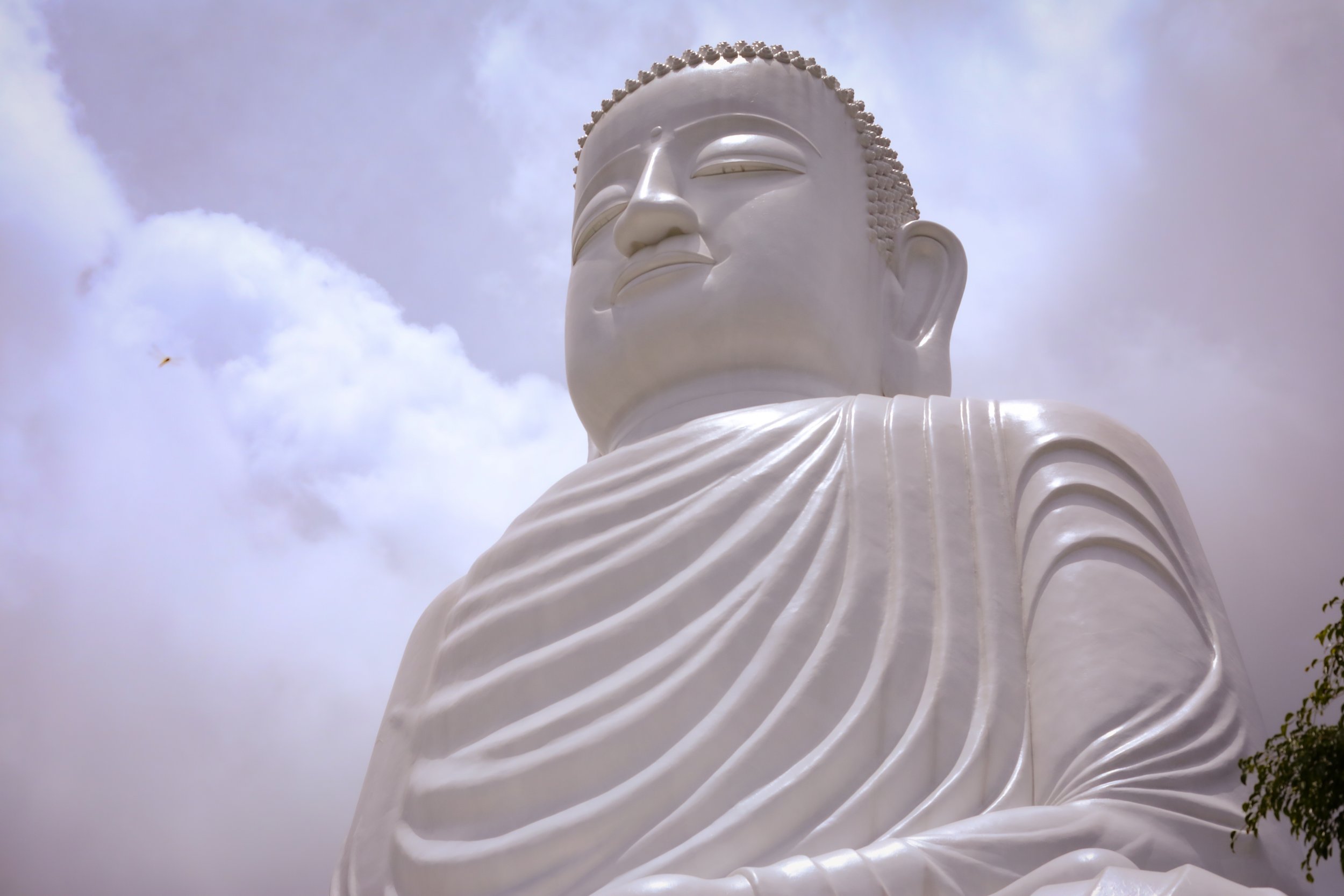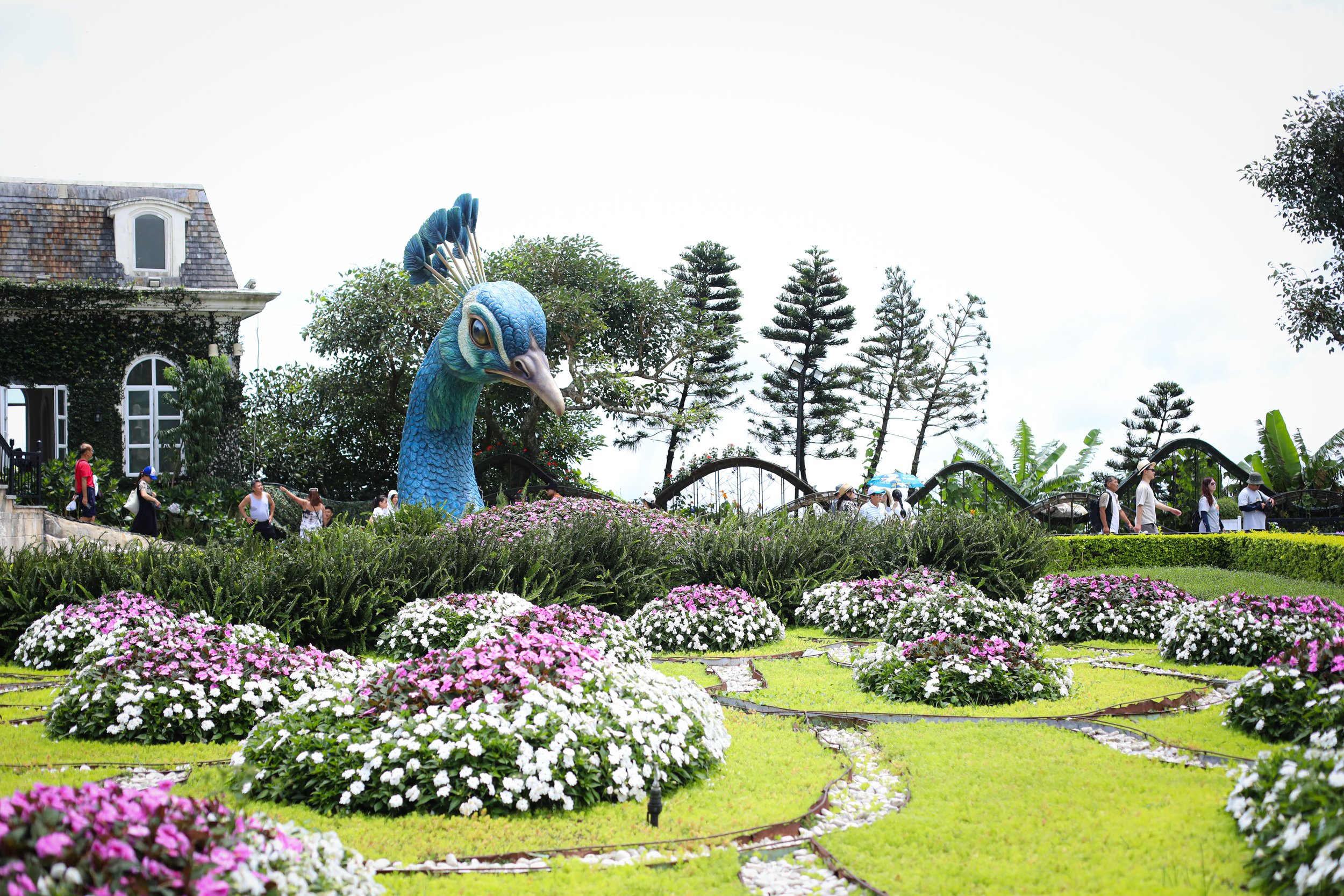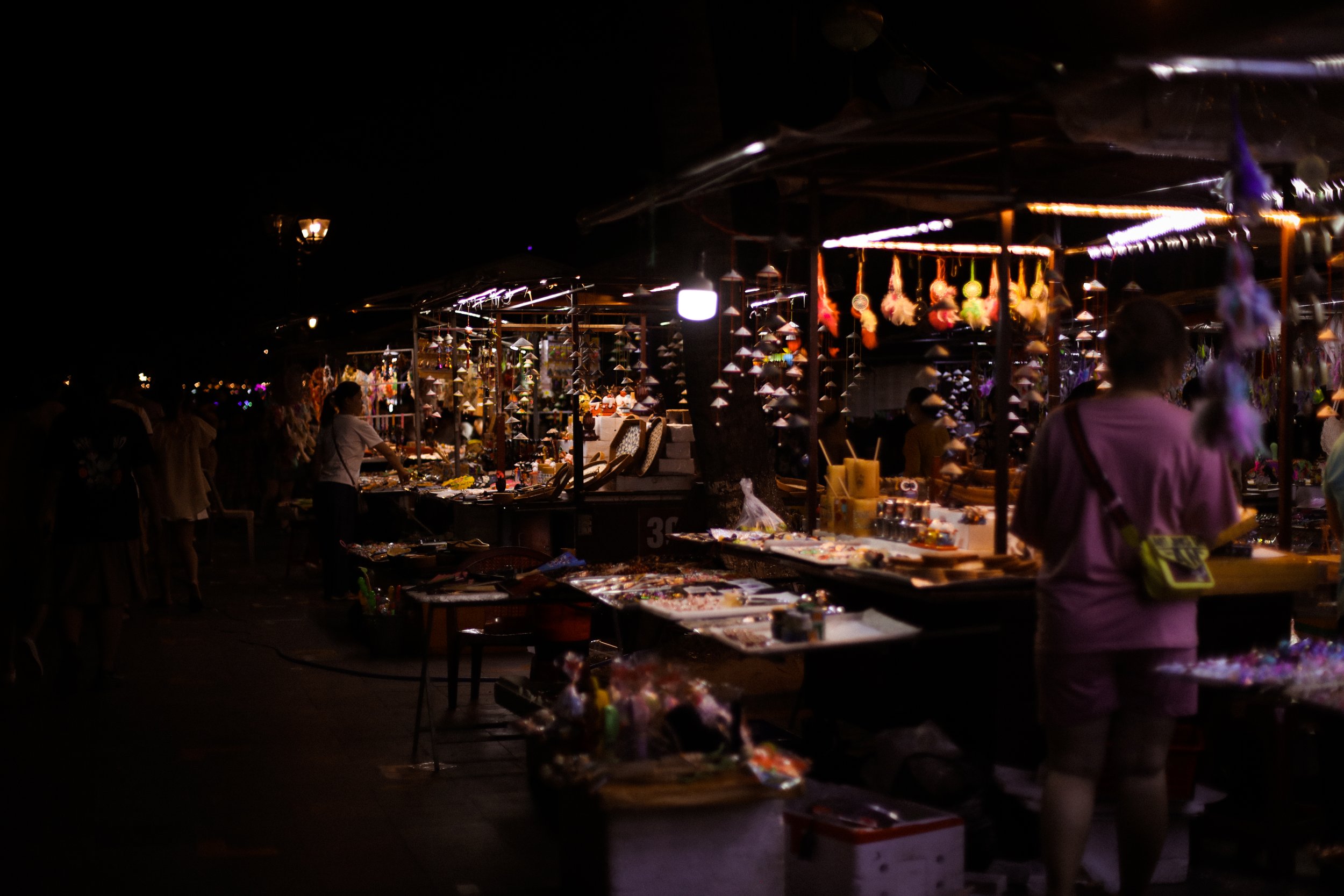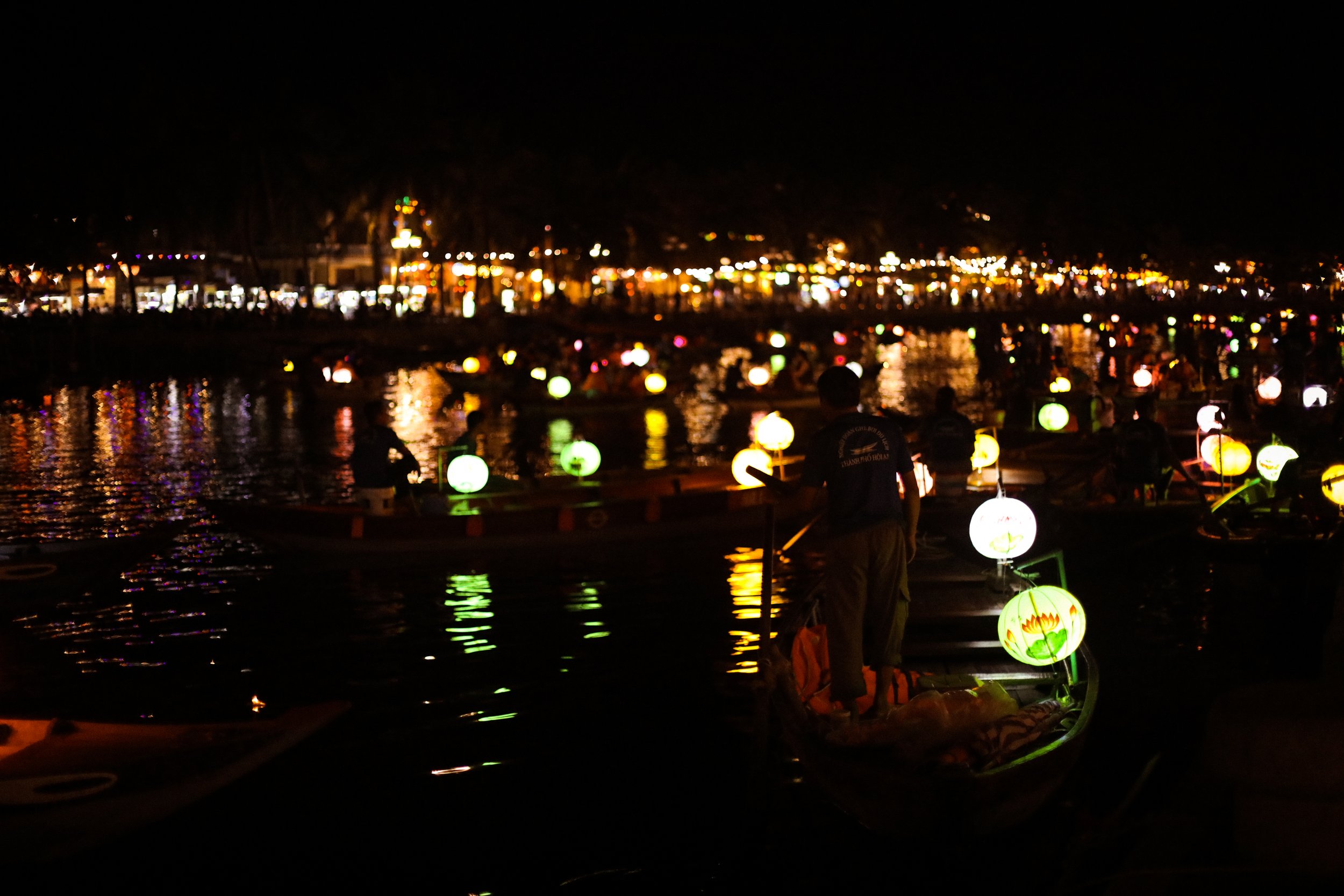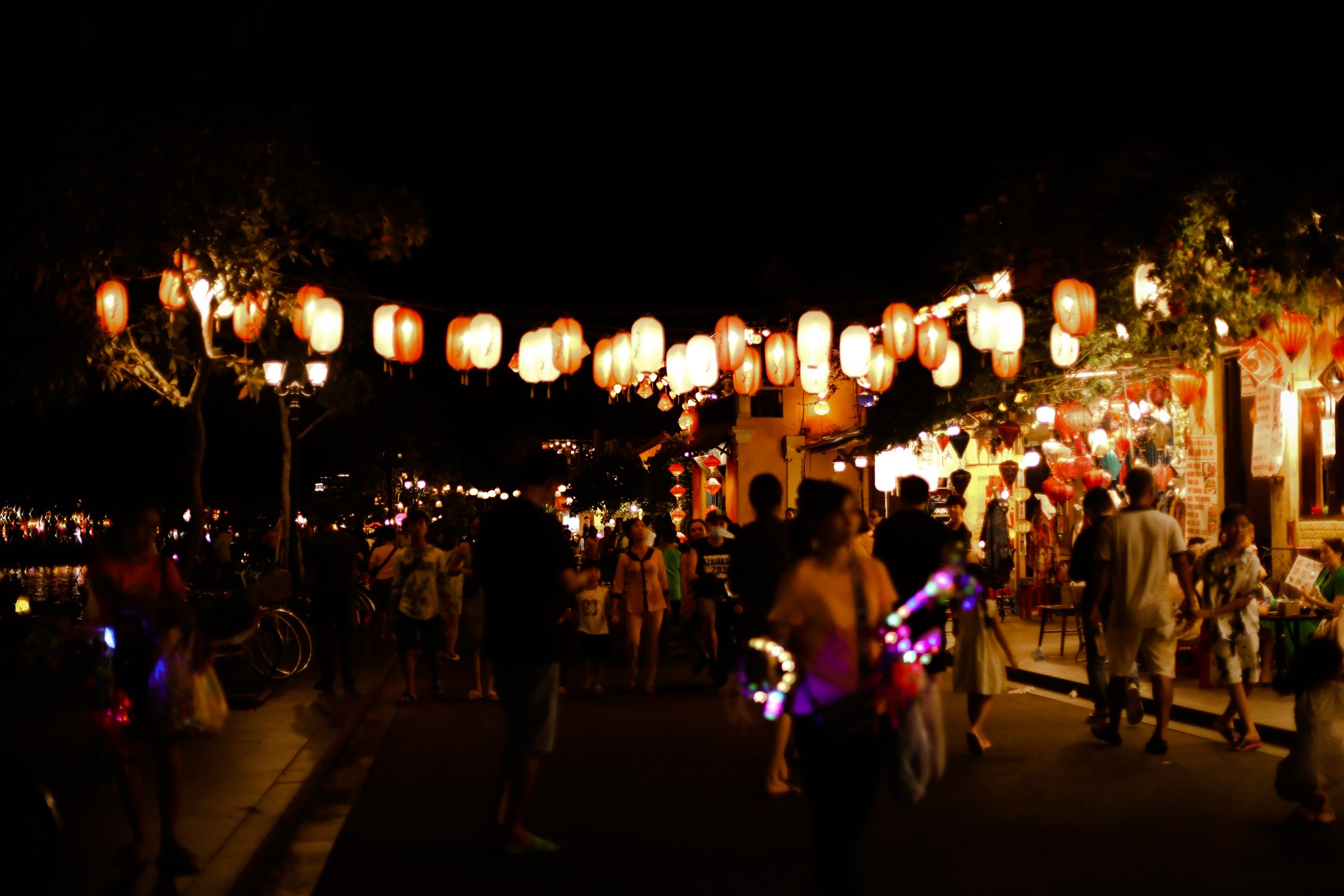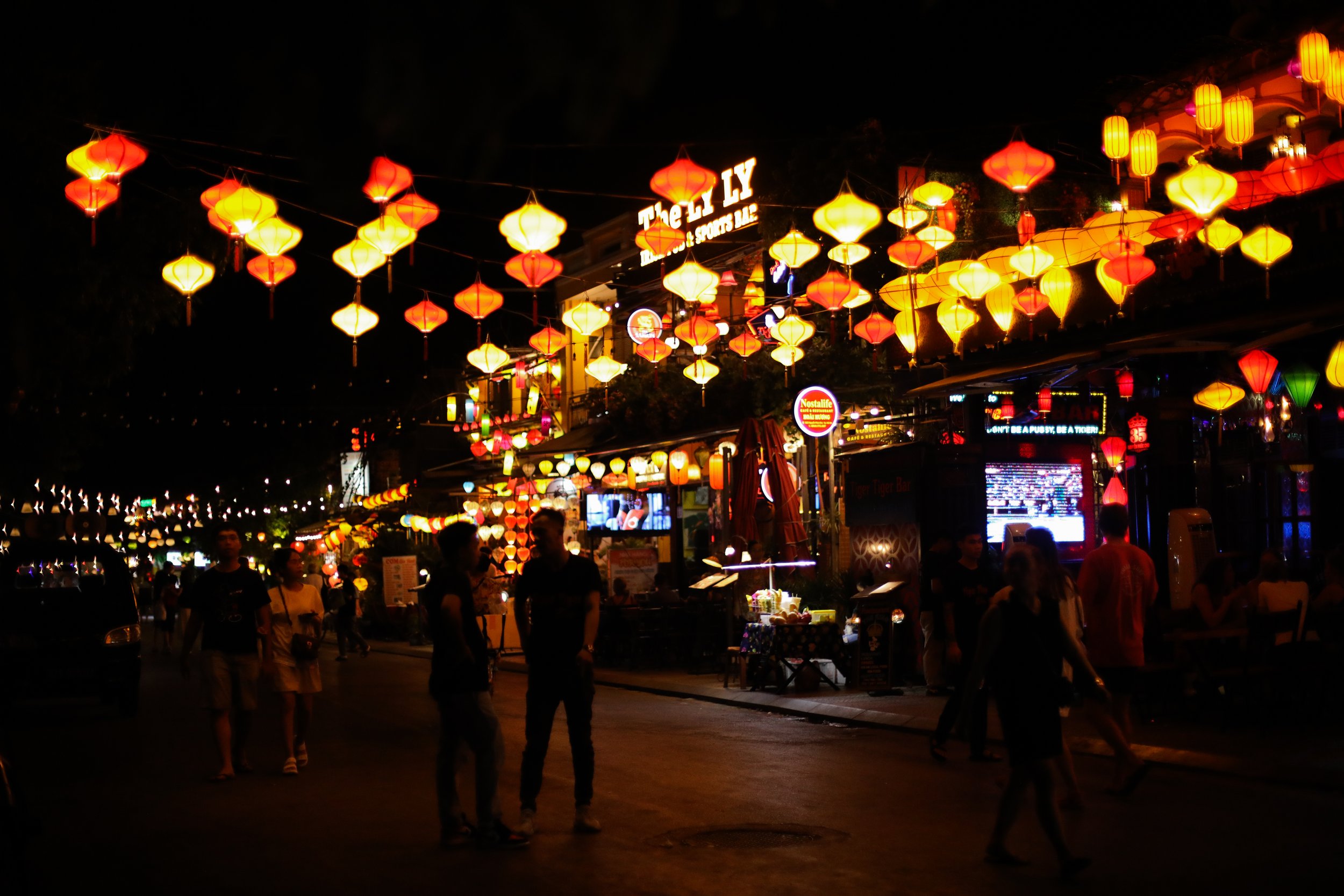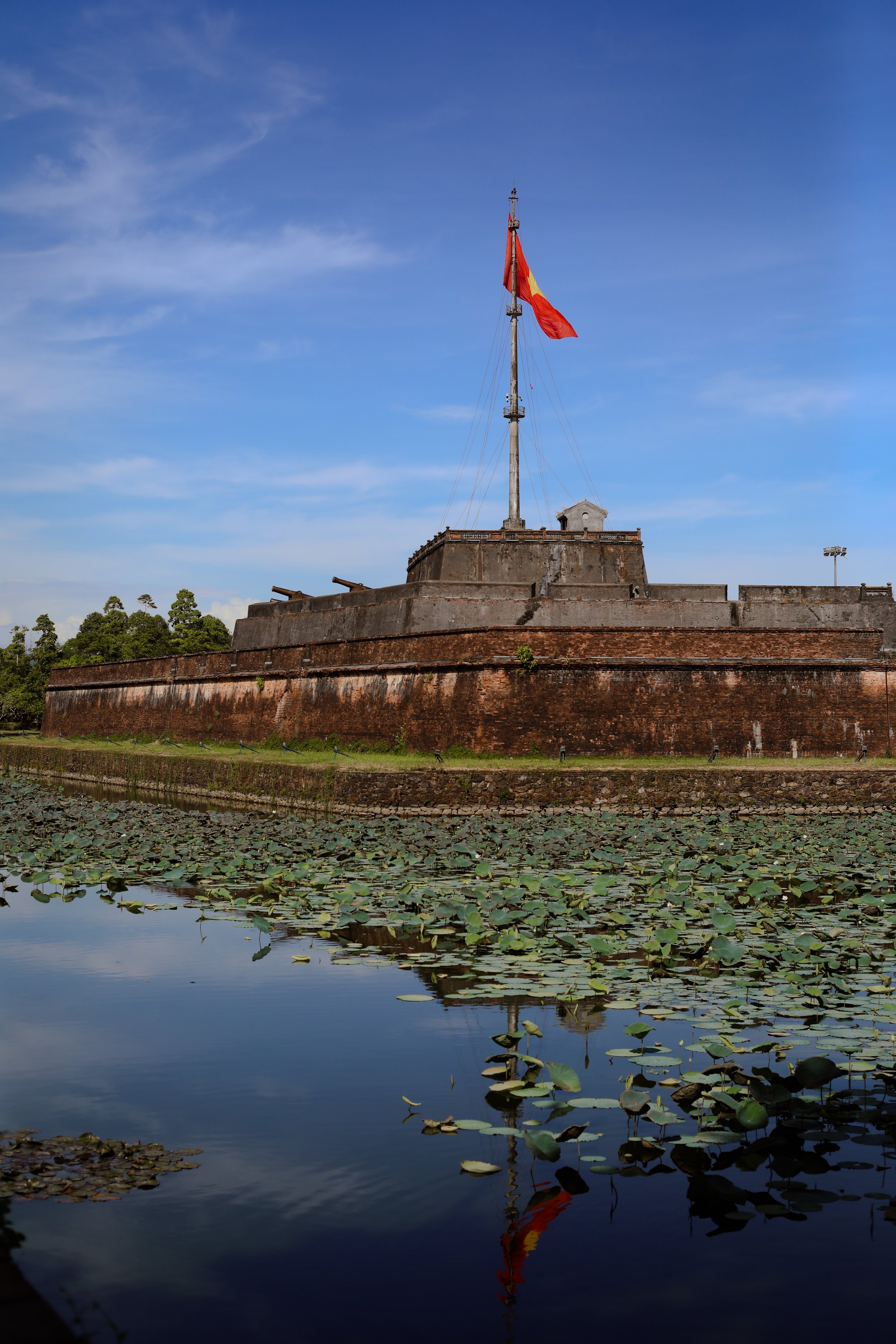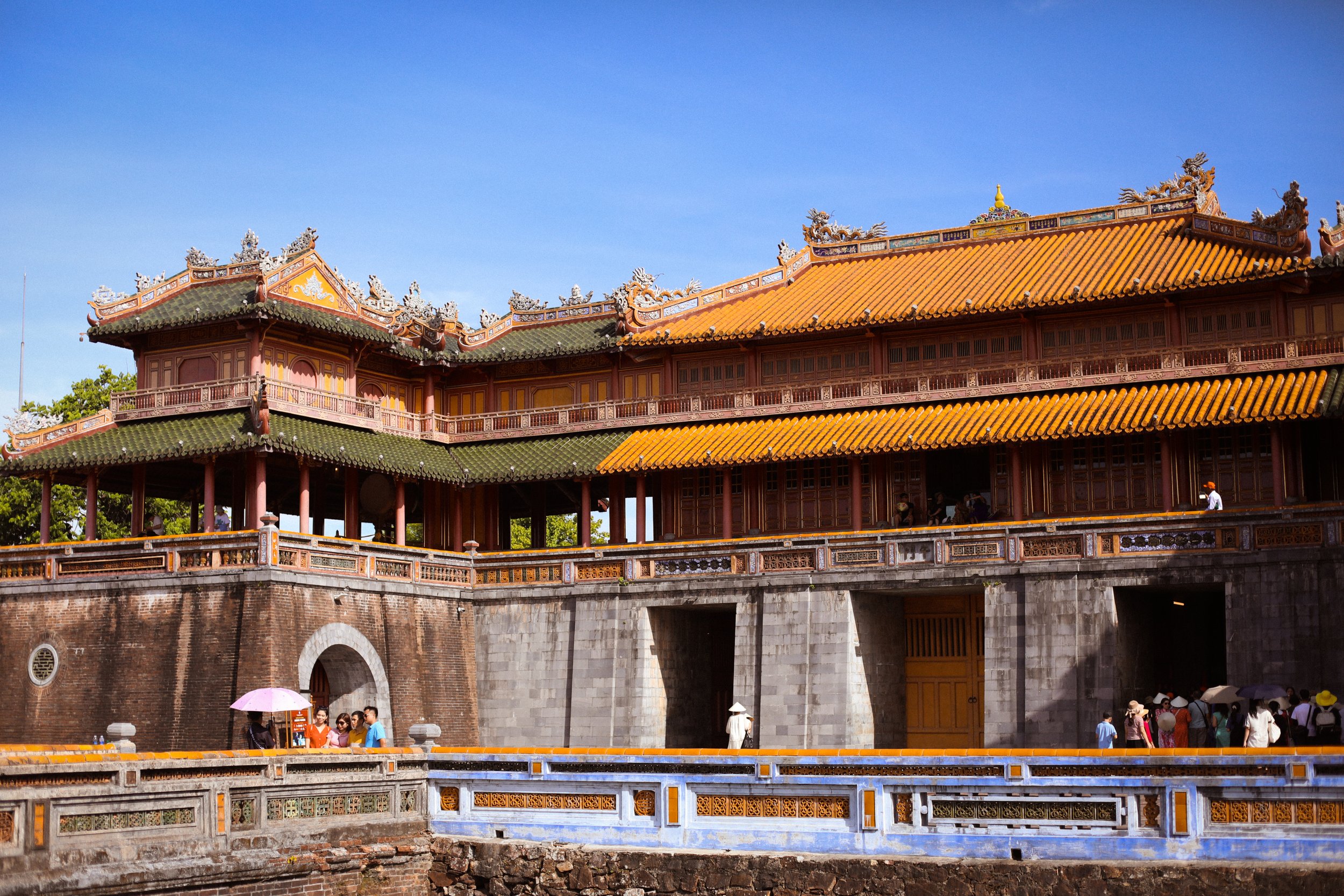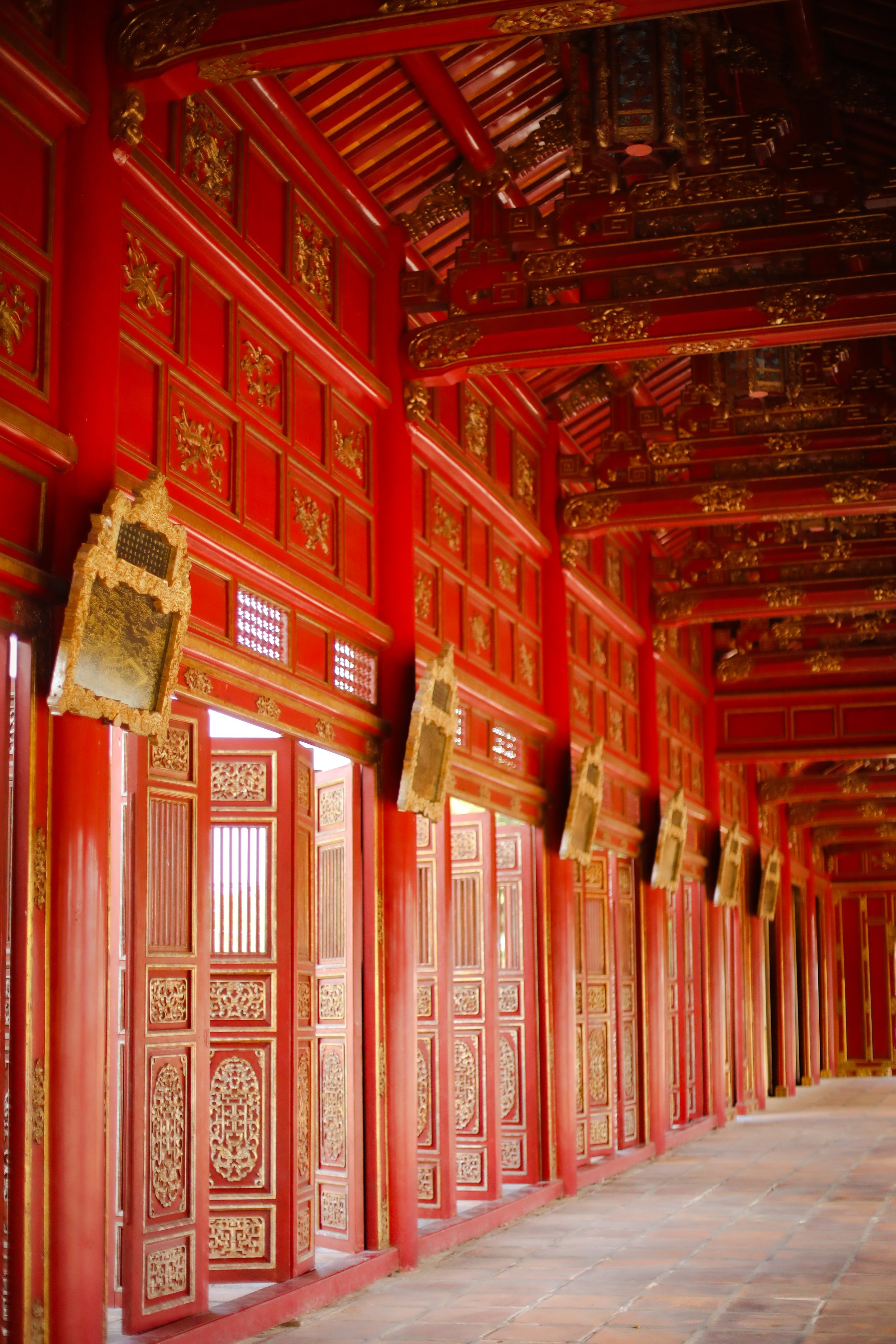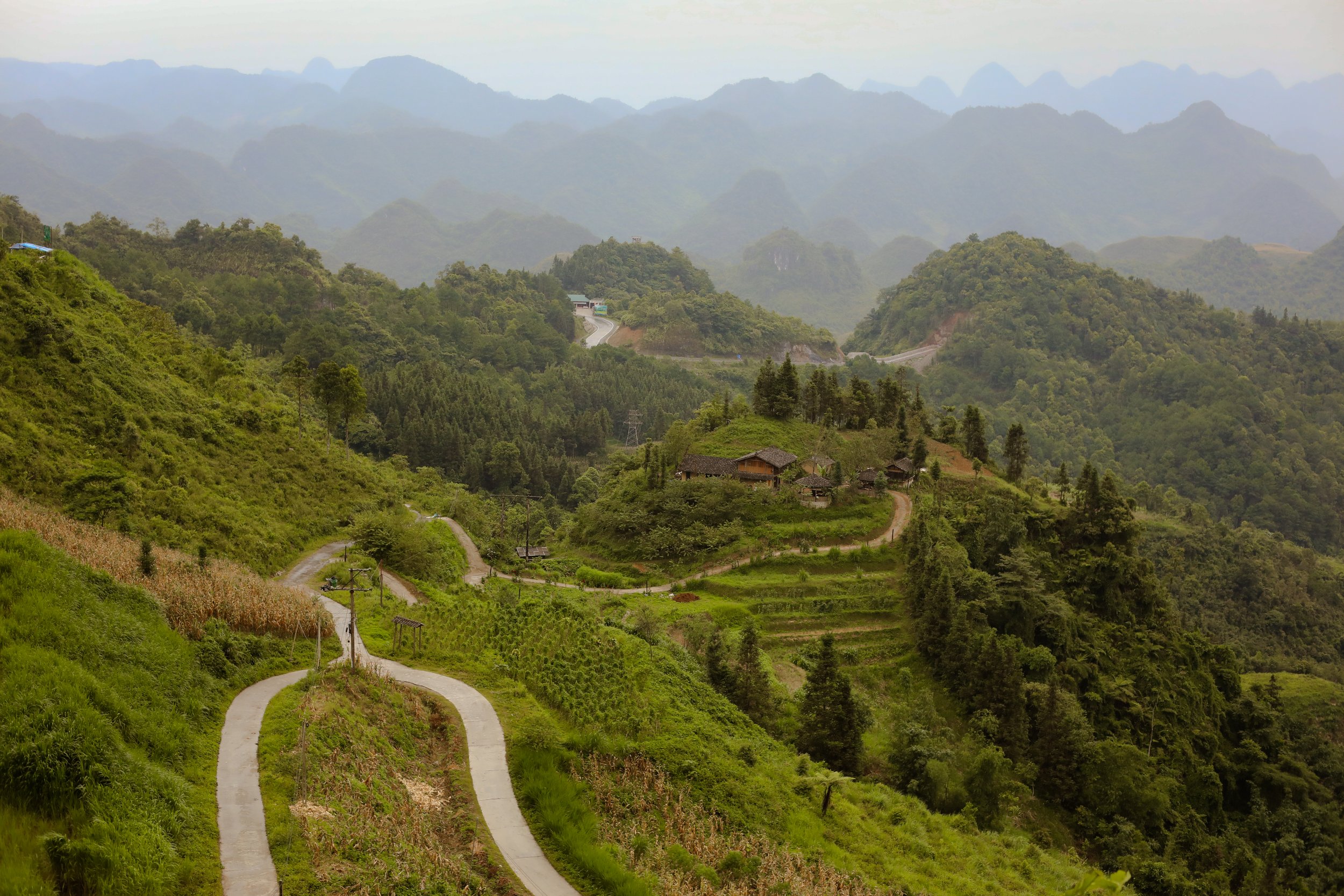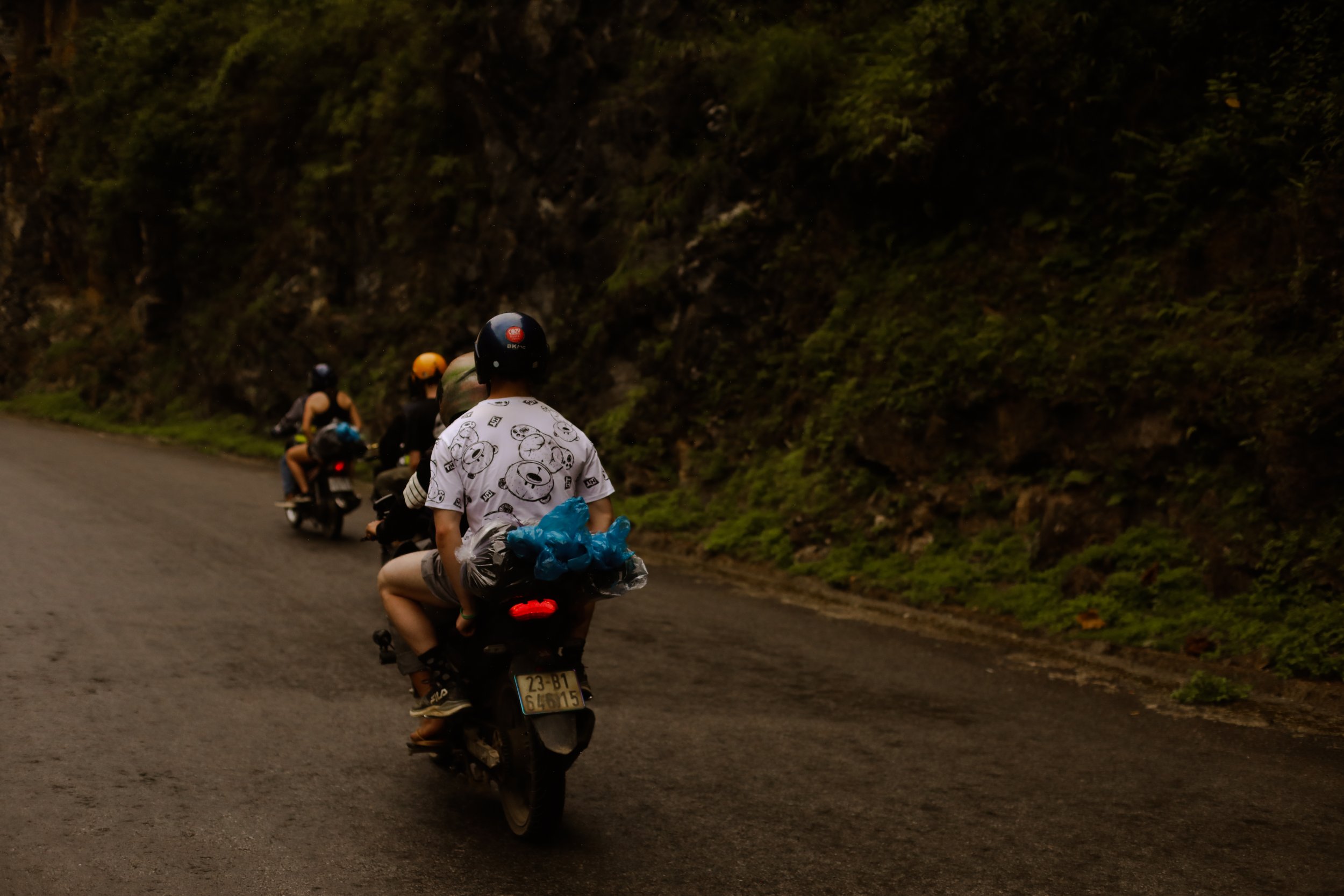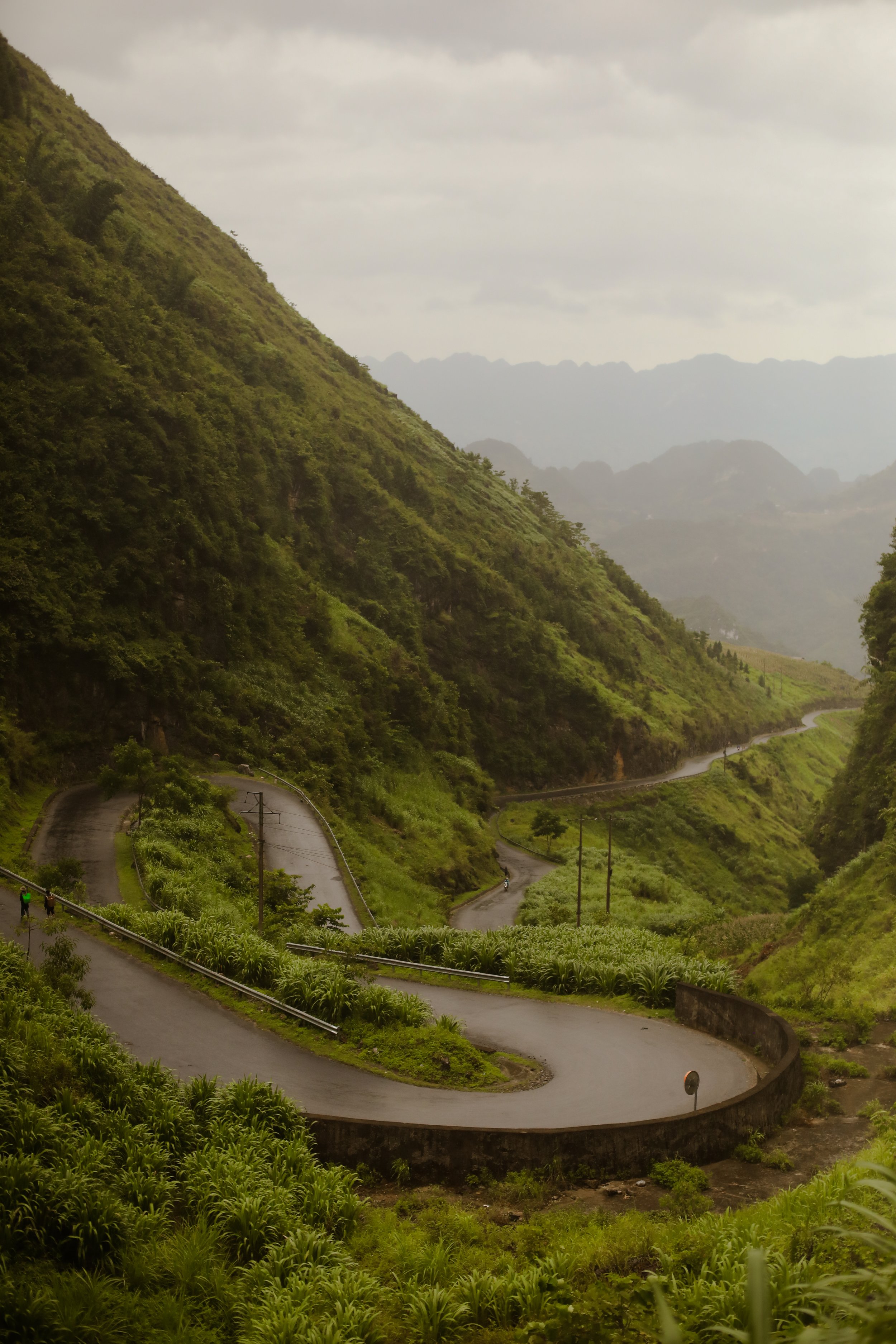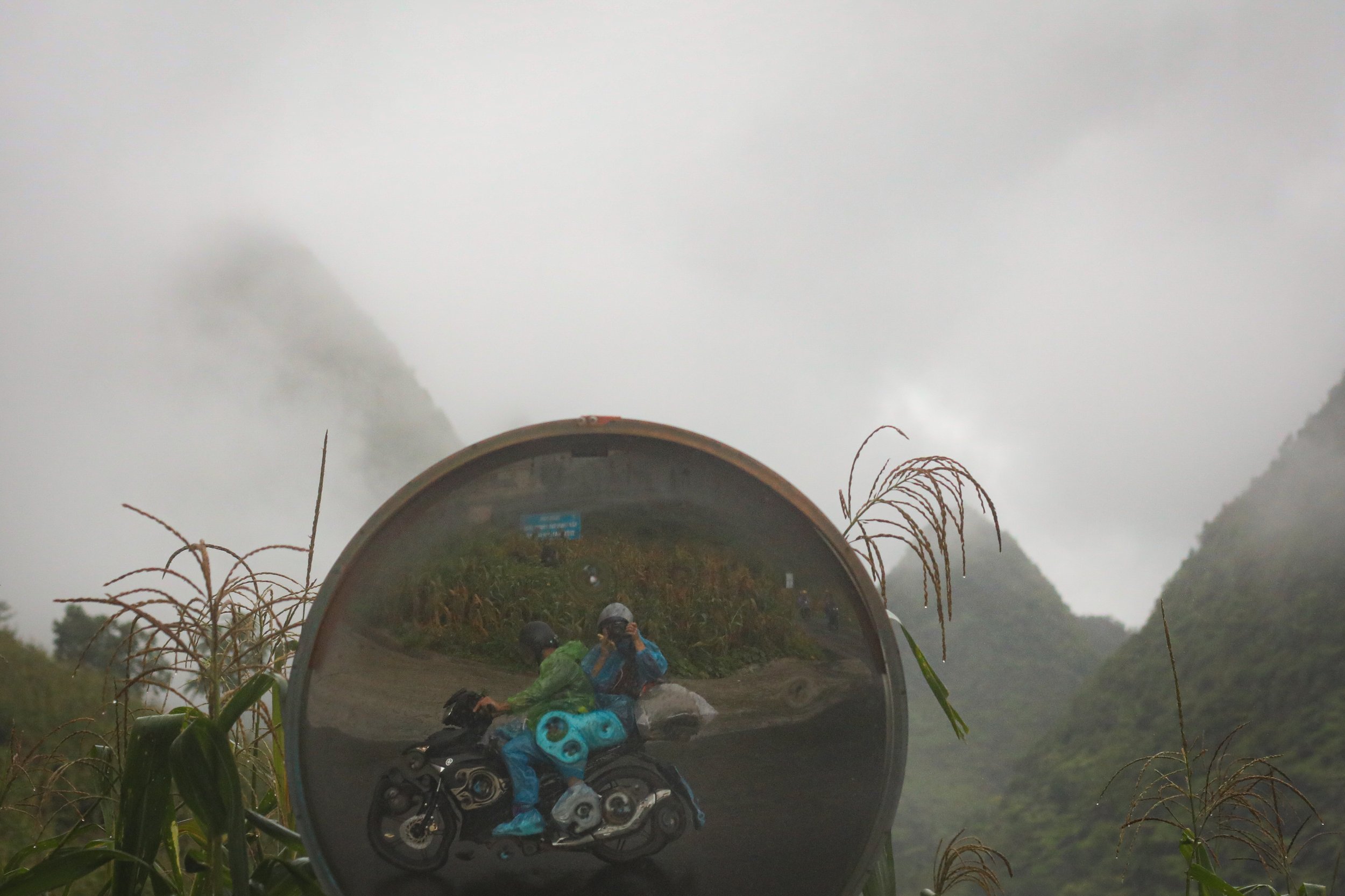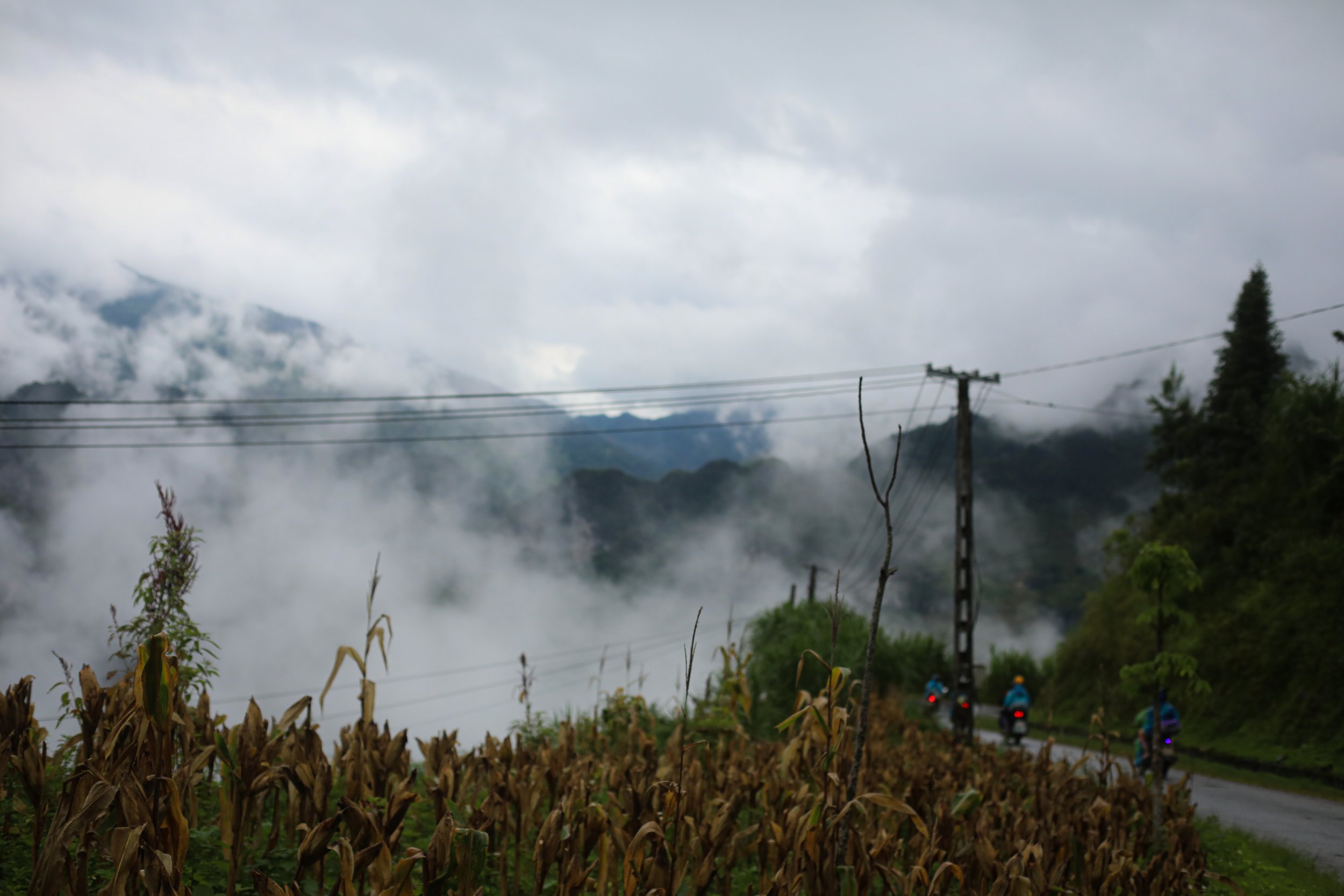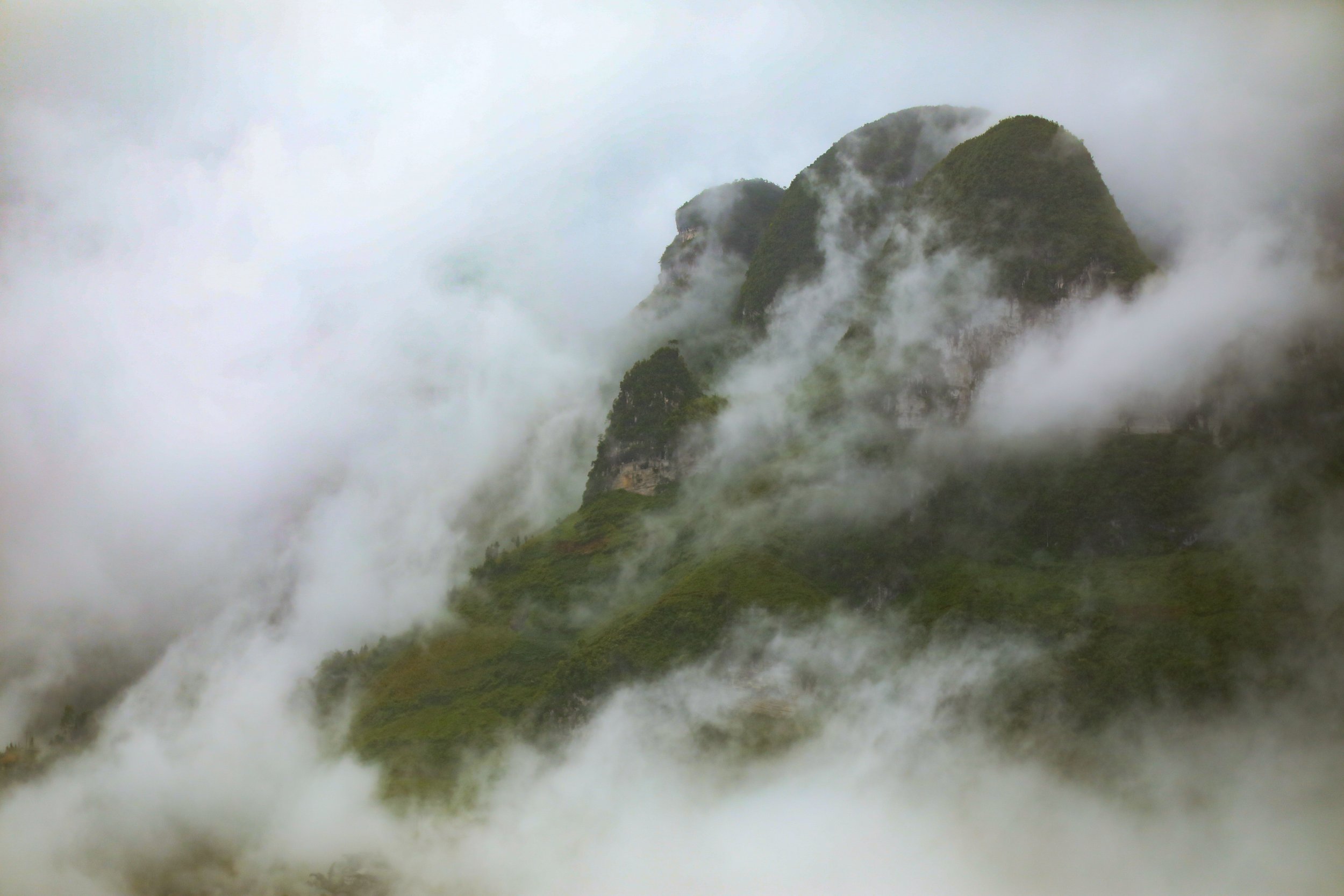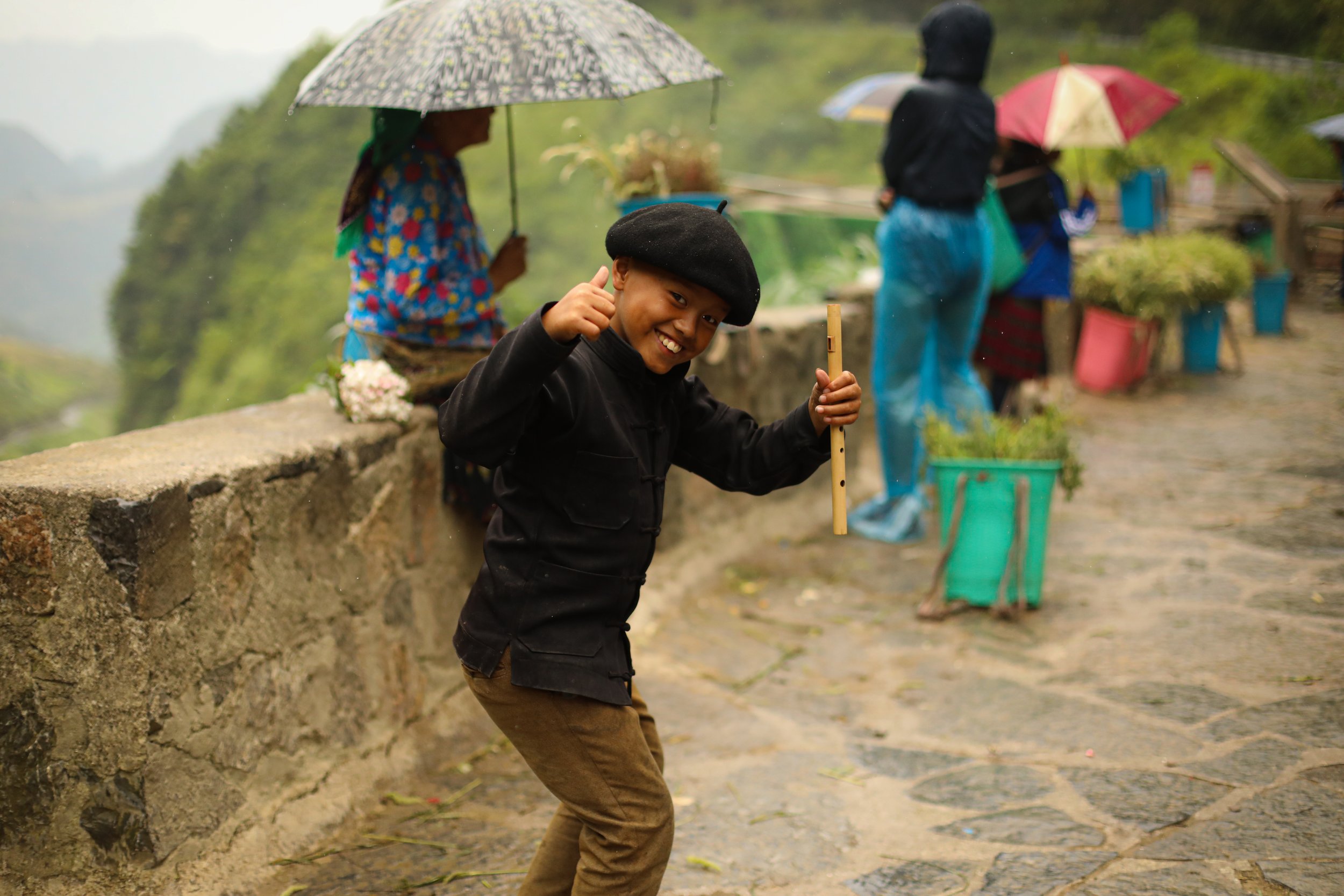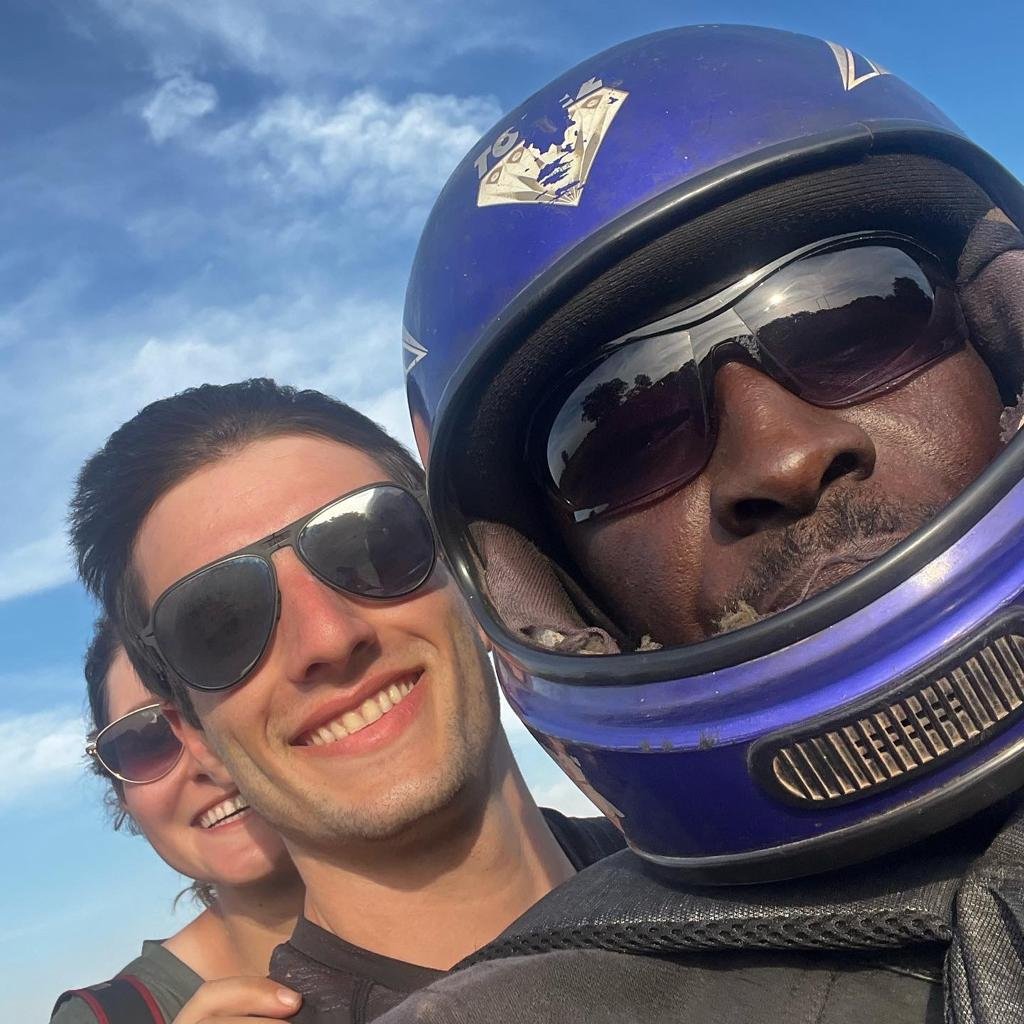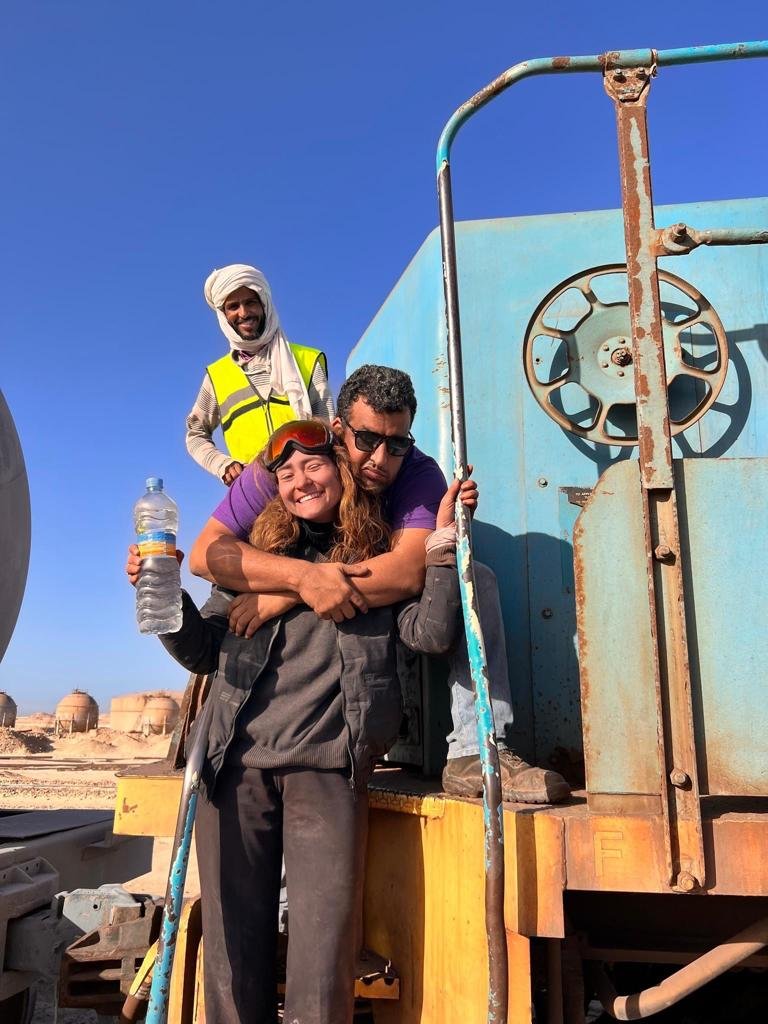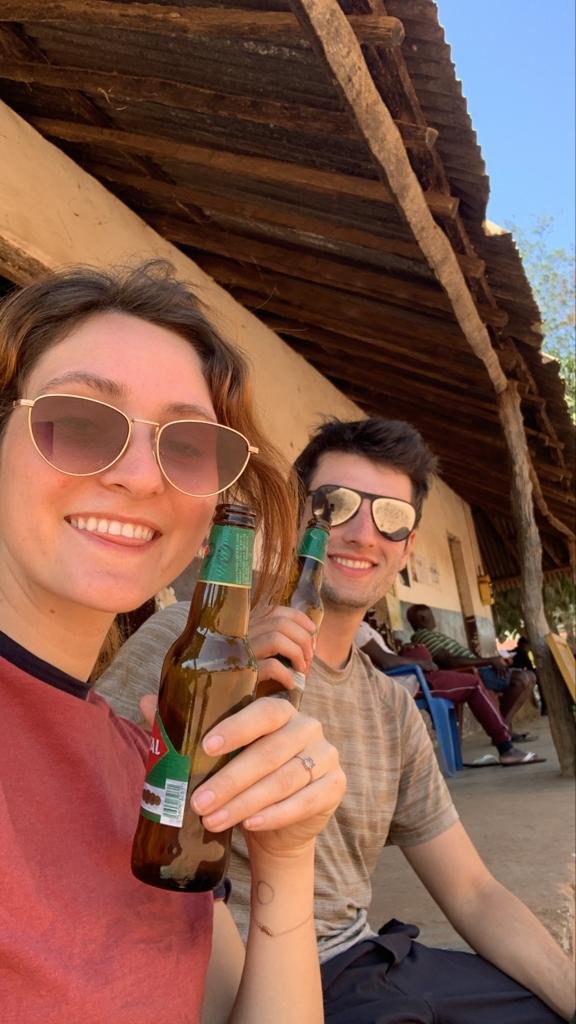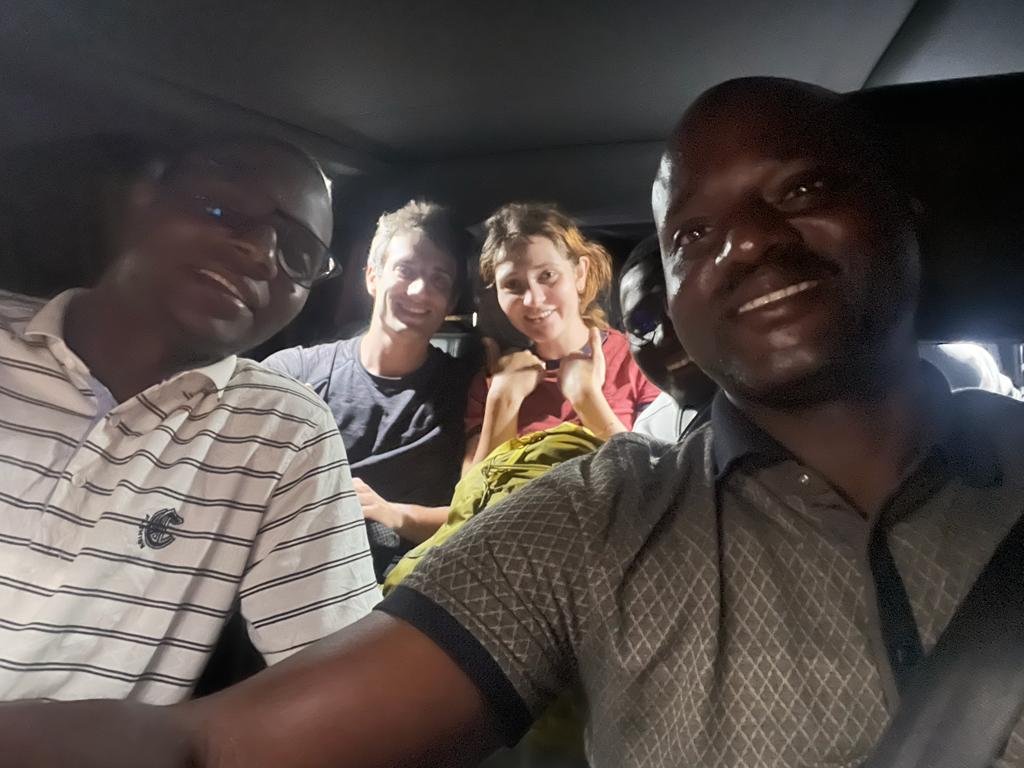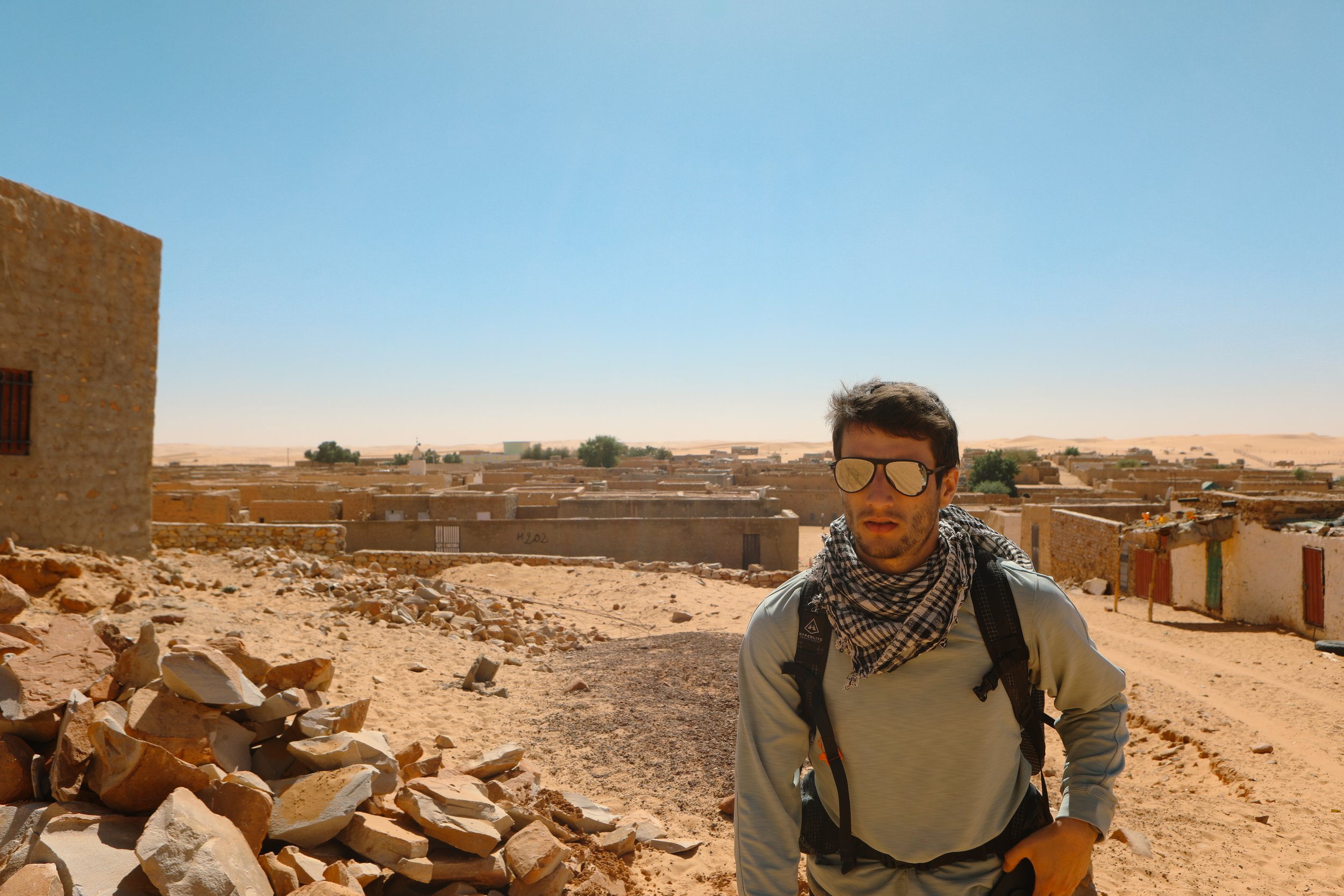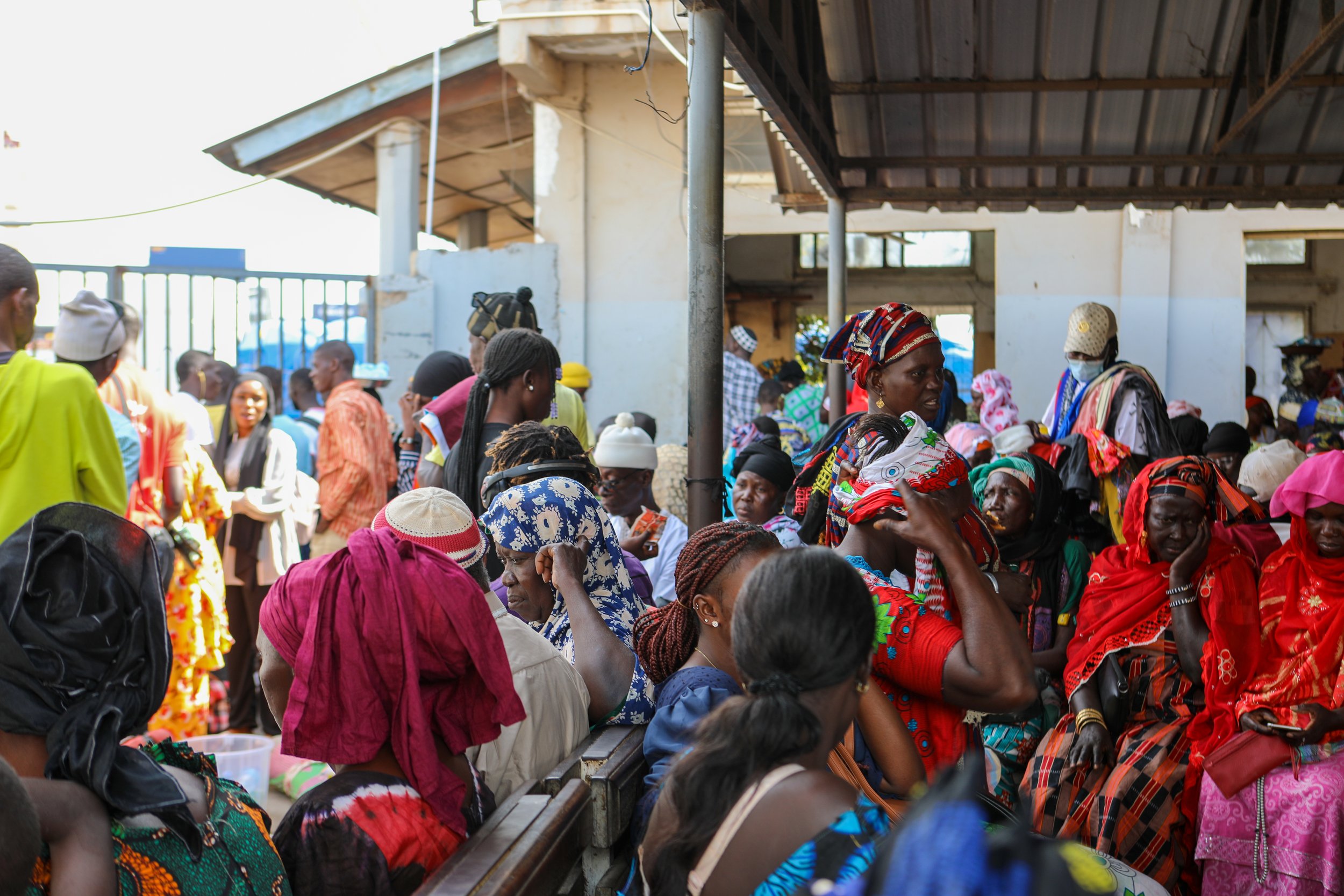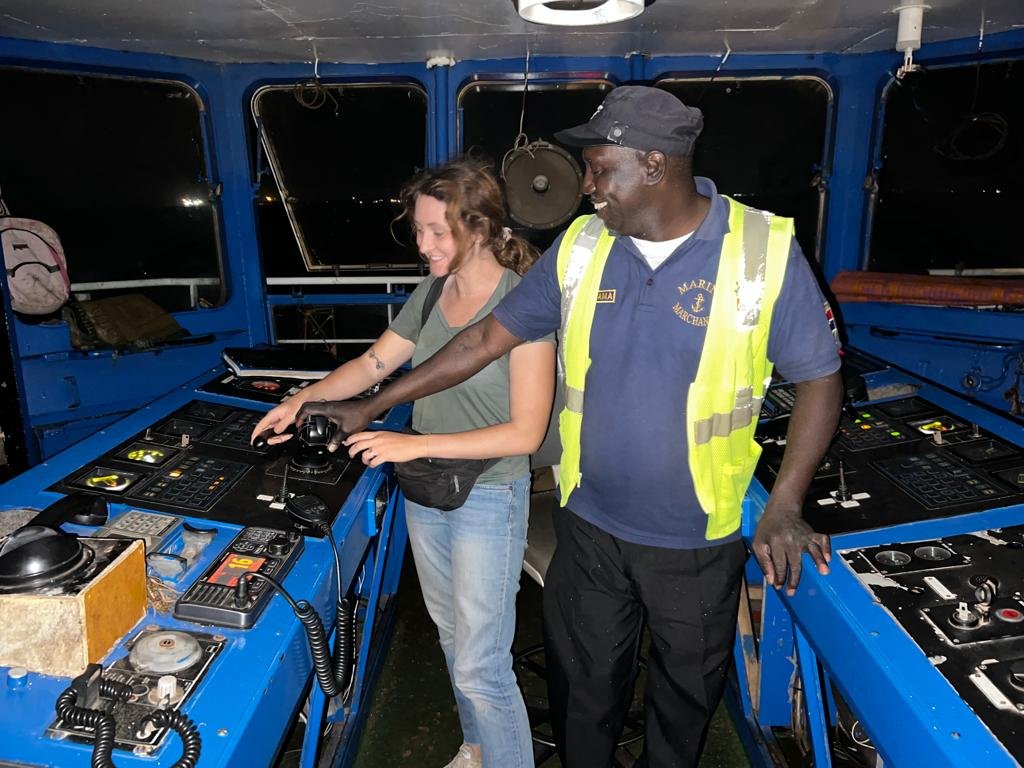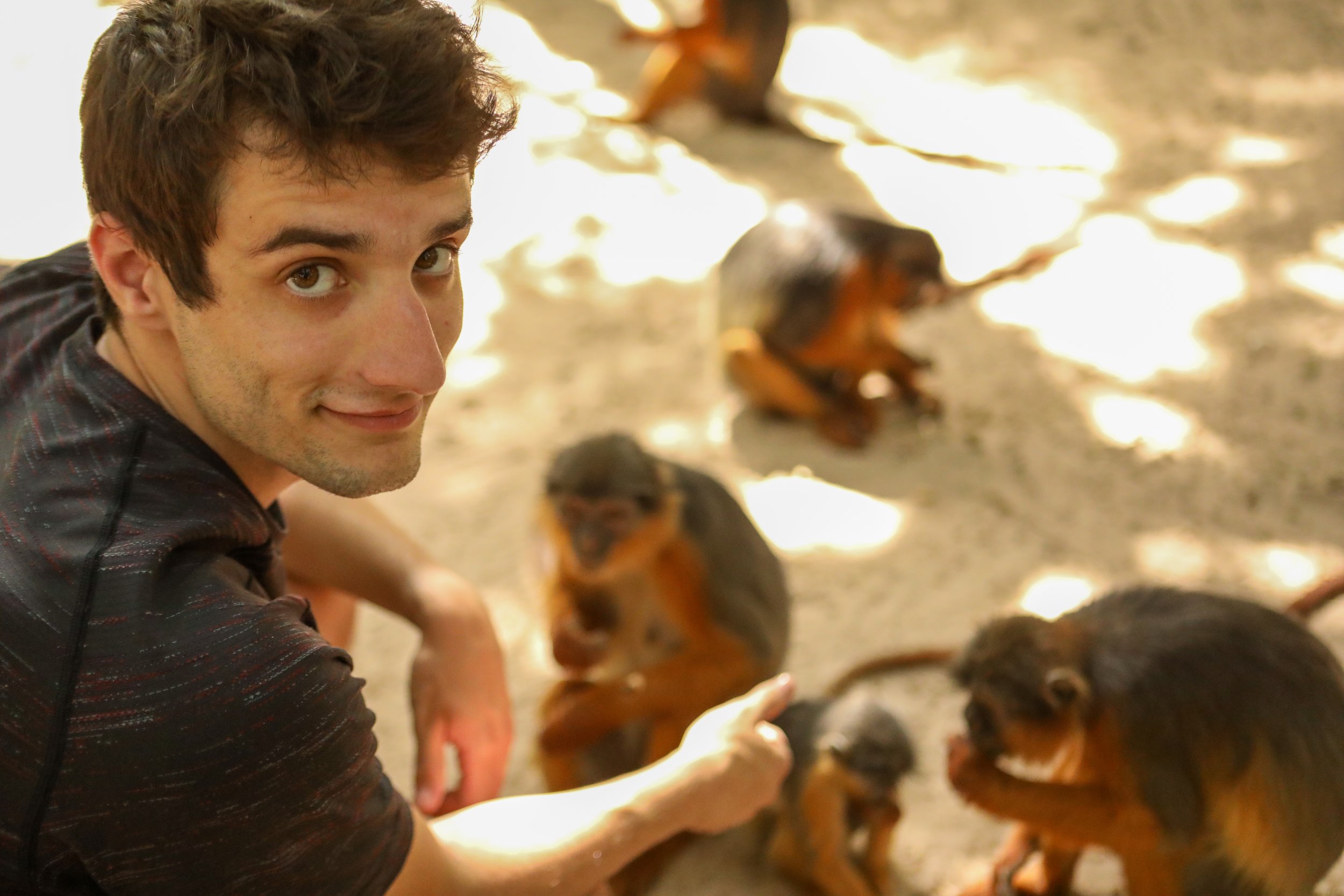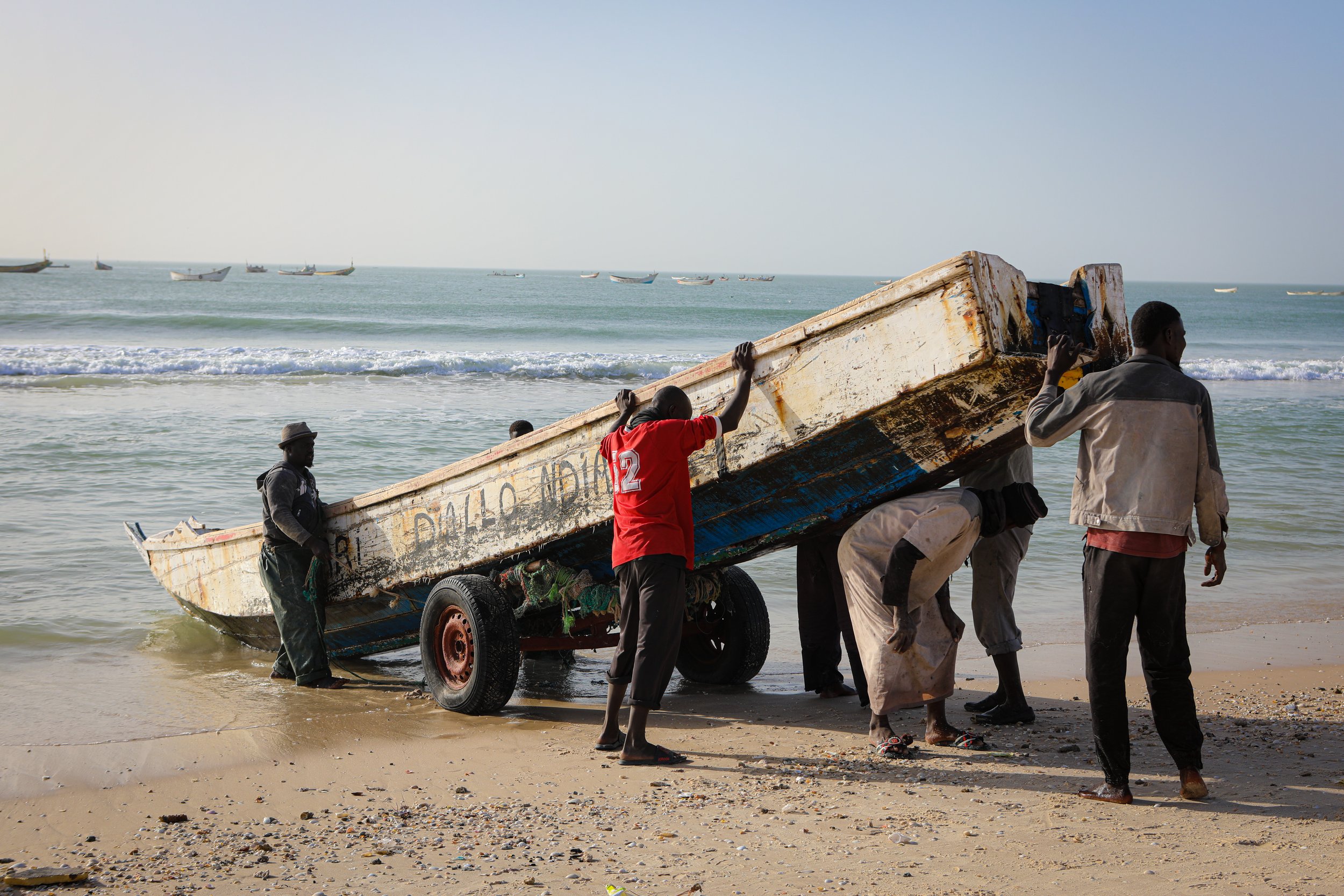Trump made my summer ICC internship illegal, which means I can bring the blog back and post mildly concerning content. One year ago, I wrote a list of 1L takeaways thinking it was going to be the most intense year of my life, and while this year had considerably less drama, it took possibly even more out of me–in different ways, and thank god for that.

















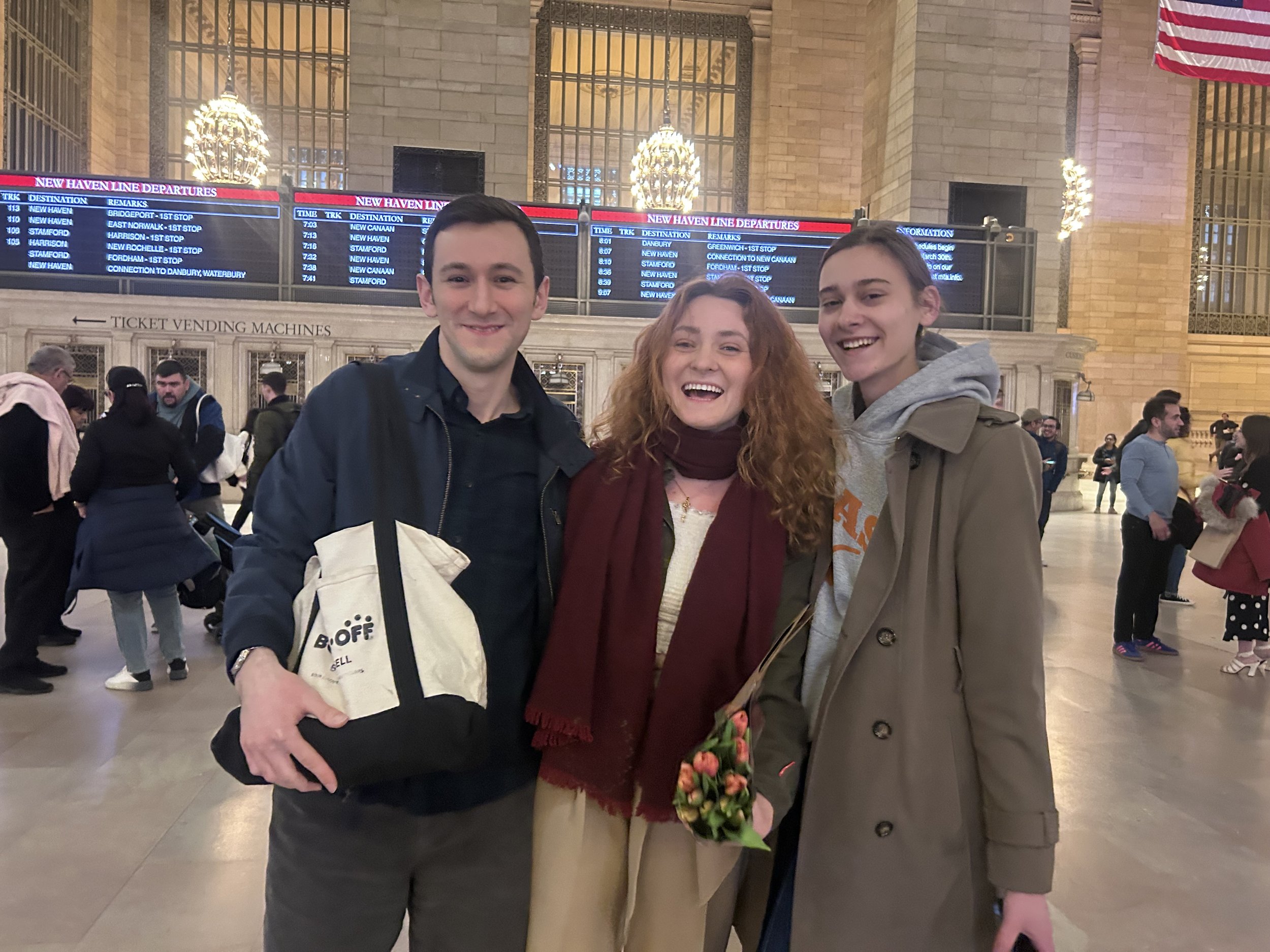
Last week, I finished my second year of law school. As a 1L, I frequently compared CLS to middle school, a place where you were assigned friends that you were forced to spend every day with, given that you also had no choice as to your classes or schedule. No autonomy or control, which was only compounded by the fact that the community was so small that every piece of information about you was instantly public knowledge, and often developed a life of its own that wasn’t always representative of reality.
Beginning my 2L year, it felt as if I was leveling up to undergrad. Finally, I got to choose what my life was, and for me, that meant human rights.
I don’t want to be too repetitive because truly anyone who vaguely knows me is aware of my tendency to overcommit. I was told many time this year, “I am concerned for you,” given my schedule. I am incredibly sorry for all those who heard me whine and cry about my level of busyness as I continued to say yes to any and all tasks that came my way. I put a list of at the end of this for reference.
I will say, I was also told–truly an embarrassing number of times–that, “you are both one of the most professionally successful people I know at this time of our lives, and one of the least successful when it comes to interpersonal matters.” After qualifying for the 9+1, I completely stopped running. I have developed a near crippling addiction to Celsius. I survive 100% off free Columbia food, my wonderful roommate’s leftovers, and whatever Ari doesn’t eat on the weekends, along with his old Halloween candy. I physically do not remember how to feed myself, especially not “good” food. I have cried in an embarrassing number of faculty offices (shoutout to Sarah, Kelsey, Manmeet, Madhav, Pistor, Smock, Savvedra for putting up with my spontaneous sobbing during our conversations). The vast majority of my socializing is within the context of school activities. There were many first dates that didn’t go anywhere, not least because of my horrid schedule and being in CT every weekend, despite me often declaring that we are getting married.
However, all that being said, I survived. And in some ways, thrived. That’s all thanks to my people in Jessup, Clinic, the Lourve, my three J-boys (jules jimmy and jo), my 1L mentees, my 3L mentors. I have much to work on, but I’m incredibly grateful. I’ll be moving to Amsterdam from September to January, but I’ll be back often, so don’t miss me too much.
I love lists, so here are the most important parts & experiences of my last year.
1. Weekends in Connecticut
No, I do not have a three year old child, although I wouldn’t be surprised if you were confused about this if you follow my instagram. I began nannying Ari when he was born in 2022, when I took care of him from 9am-5pm, 5-days a week. This year, after his baby brother Eli was born, I went back to helping out with the little ones, this time in Greenwich. I want to say I’m sorry to all the people I wasn’t able to hang out with over weekends because of this, but not really. Every Saturday morning, I go to a diner with two small children and one of their dads, who’s honestly become one of my best friends. We took Ari to his first movie theater to see Wicked, which he now knows every single word to (and which I have to watch at least once a weekend). I also know Frozen inside and out, and Ari and I often play Elsa and Anna, sometimes dressed in full costume. We go to festivals and parks and museums and pick flowers in the forest, with Teddy and Twyla often by our side.
2. Columbia Human Rights Community
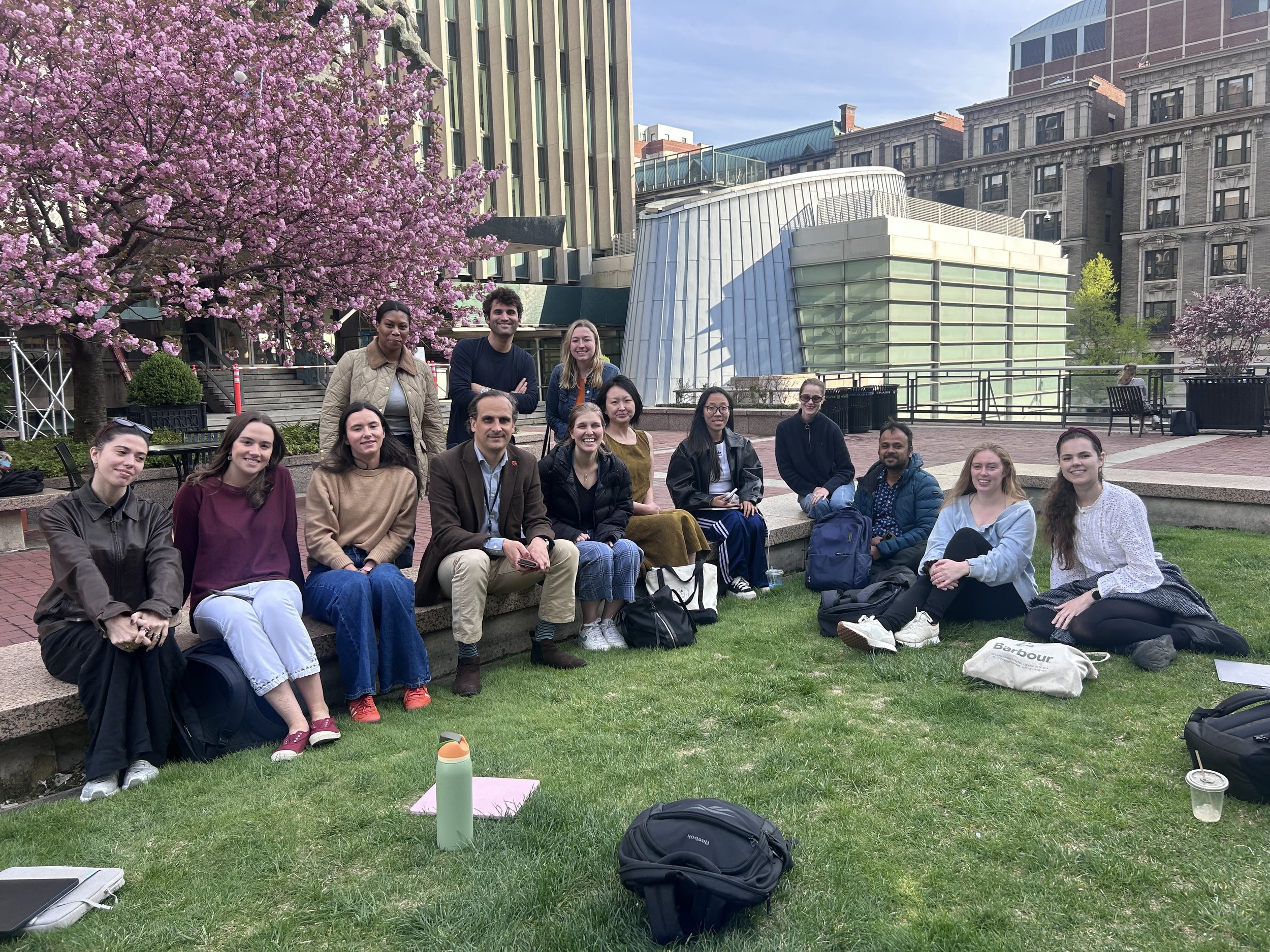



I often joke that my personality is “human rights” and that anything that has “human rights” in its title at CLS, I’m a part of. In 1L, I didn’t get many choices, but this year, I am immensely grateful to be able to cocoon myself within this community and isolate from the rest of the law school, or else I genuinely don’t think I would have been able to get through this past year. I have been given more opportunities to contribute to important work than I even thought possible, and despite my hatred for CLS, I’ve been set up for life with all the connections and chances I’ve been blessed with. I am incredibly lucky to be able to call many of my professors colleagues and friends now, and to call my Human Rights Clinic teammates two of by far the most impressive, interesting people I know at school. Thank you for always listening to my bullshit and putting up with my schedule. And for being brilliant, obviously. Thank you to the new human rights / public interest 1Ls, who continue to amaze me with their persistent passion and unwavering efforts to make the world better even in the face of the government and our school threatening to take apart your world in return. You have done so much good in the world.
3. Jordan & The Yemen International Forum
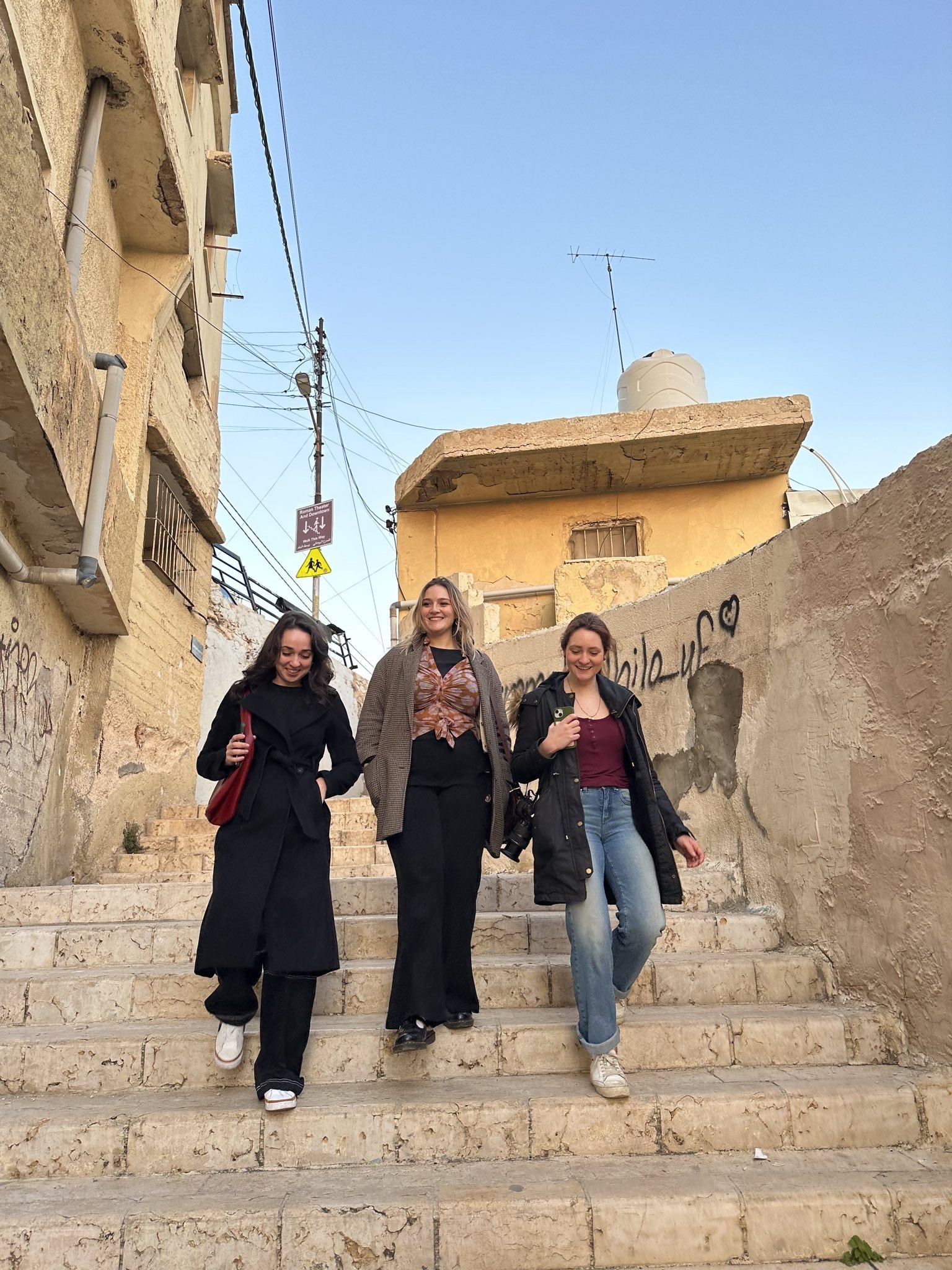





The Human Rights Clinic generously sent Teyya and I to Amman to attend the Yemen International Forum, put on by our amazing partners at the Sana’a Center. There, we hosting a one-day pre-forum workshop where we got to engage with Yemeni experts and practitioners on greening transitional justice and held a shorter event at the forum. Emailing with the UN Special Rapporteur on Transitional Justice. Getting to sit into high-level background conversations regarding the Houthis and Iran. Eating knefeh on the floor with Teyya. Soliciting Arabic translations from Grace, who was secretly running our team from New York. Dinner with the Dutch Ambassador. Wandering Amman with Sarah, Emma, Teyya, and Luna, eating delicious food, rediscovering the city I lived in, once upon a time.
4. Jessup Moot Court & regionals in Charlotte, NC
Truly, huge shout out to my Jessup team. By far the most important people to me–and the most important activity for me–over the past two years, and a main reason why I have survived with any semblance of sanity or any appreciation for (any) law. I may know absolutely zero American law, but god can I help you out if you have questions about international human rights law. 3/4 kiddos, I am so, so proud of you. While this year’s competition ended deeply unfairly & disappointingly, I was able to spend the time with some of the most inspiring, brilliant, absolutely fun people I have met at CLS. Thank you for the hours of debate over the importance of baseline charts, for hell week, for teaching me so much–and I can’t forget about the karaoke, arts & crafts nights, crying @ Sephora, getting recruited for celsius, and of course, juice cogens (aka war crime cocktails).
5. Traveling to Guyana and Suriname simply because I learned way too much about them (& their coastlines, in particular) for Jessup and thought it was a funny bit
Between Suriname and Guyana, my ferry broke down and I was stuck, burning horridly uncovered in the middle of the water, taking phone calls with Knuckey and hotspotting myself so I could contribute to amicus briefs and UPRs. I similarly had to hotspot myself to help out Dr. Mann and AARN in the bus across Guyana as we swerved through dirt roads and had our fair share of near-misses with other speeding vehicles. However, apparently I wasn’t too frustrating, because the bus driver did decide that we were in love; there are very few things in this world I enjoy more than a random overly-intense travel-romance where I dramatically run off to the airport before anything actually happens.
+ some other notable moments:
Becoming a competitive eating competition master (1st in pie, 3rd in hot dogs)
Being incorrectly dressed for nearly every fancy event this year
Moderating events with Ken Roth, UN Special Rapporteurs, and others that I have looked up to for years and am beyond honored to get the chance to interact with
and getting to order whatever I’m craving that day for HRA events
Getting a gecko! Yay Roonie! Not living in Central Park!
Julian and Grace surprising me for my birthday
The town hall group & co-hosting a small secret meeting with the CLS faculty I respect most
Lots of apartment misadventures with Sandhi and their superbly cool crowd
Starting to make my papier mache dragon, in the longstanding Southey tradition
Mela (the South Asian Law Student Gala) / crashing way too many SALSA hang outs
Teyya’s beautiful Clinic room doodles
Contributing to amicus brief (I don’t really know how to talk about all the shit that went down on campus this year)
Continuing my daily collages!!!!
The occasional menty b with Joseph in Lenfest
El Salvador over fall break, and climbing an active volcano
Many, many overlapping meetings (aka, taking a meeting with one headphone in and participating via chat while I am literally sitting in another meeting or class)
The Mice
New Orleans with my best friends (love you guys so insanely much)
Being on the the cover of CLS’s new students packet
So, so, so many plants
Waxman’s class and the absolute mental devastation it wreaked on me
Dinner parties with James & his twitter folk, who are, much to my surprise, people I enjoy
and in turn, discovering twitter
Taking CLS Arabic in the fall, which was………not good, for anyone involved (but I passed!!!!)
Going to Cali for eggs
Having a cough for literally all of fall semester
My Jordanian mirror adventure
Concerts & dins with Sam, Dimitri, Jasmine, & Pete
including all nighter Friday nights that bled directly into CT mornings with the babies
and of course being able to study / drink / eat / chat with Meghan, Max, and Andy
Christmas in Guelph with Janey, Clive, Kit, and Basil
